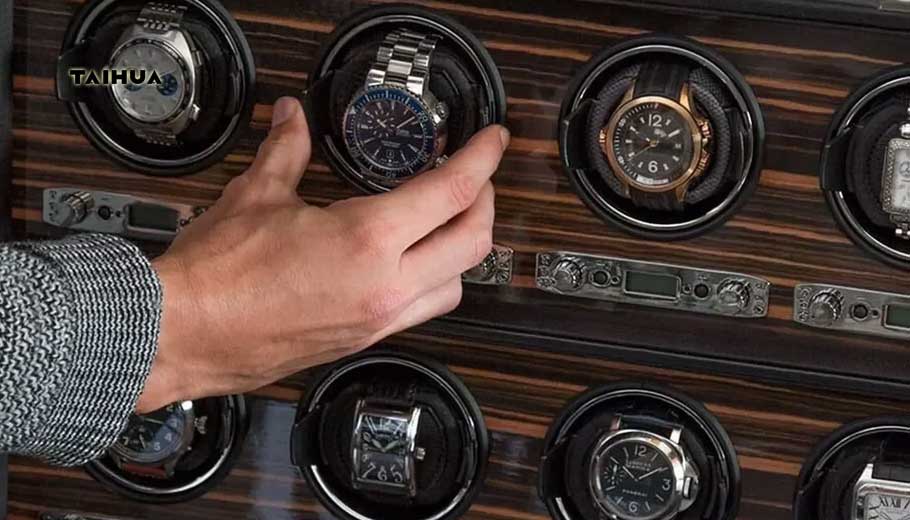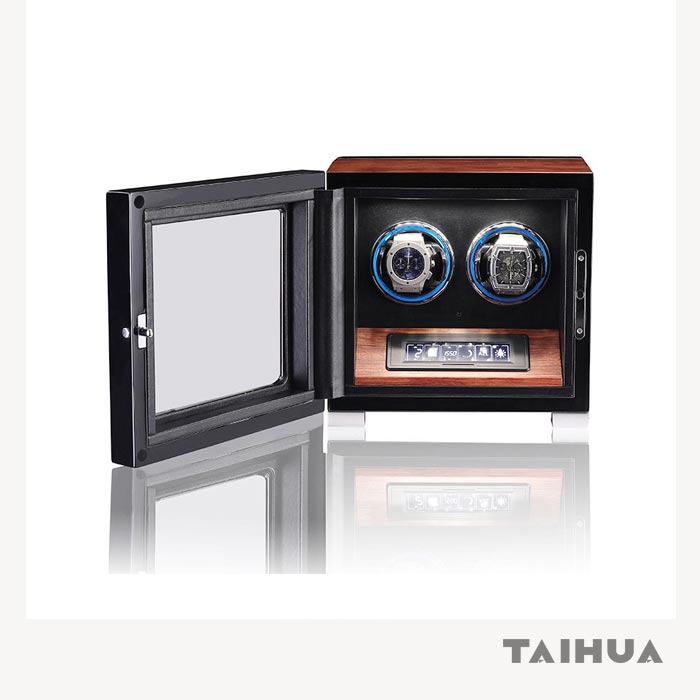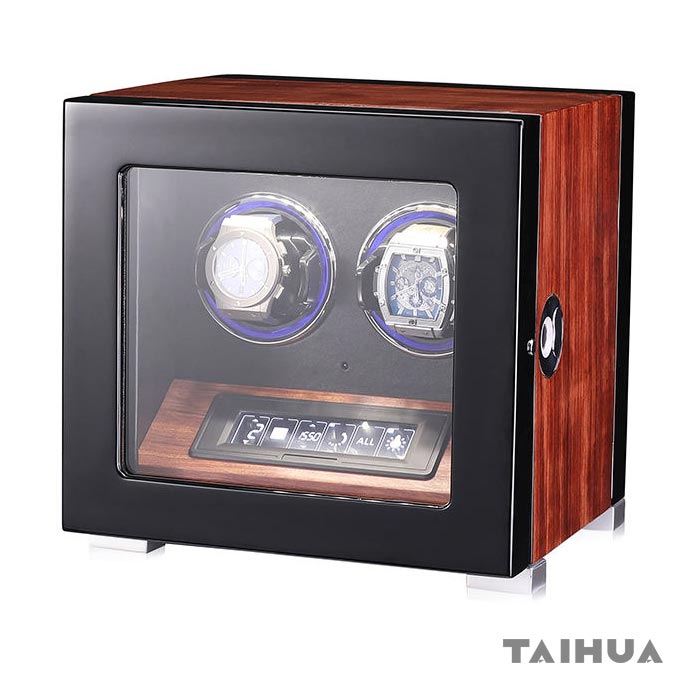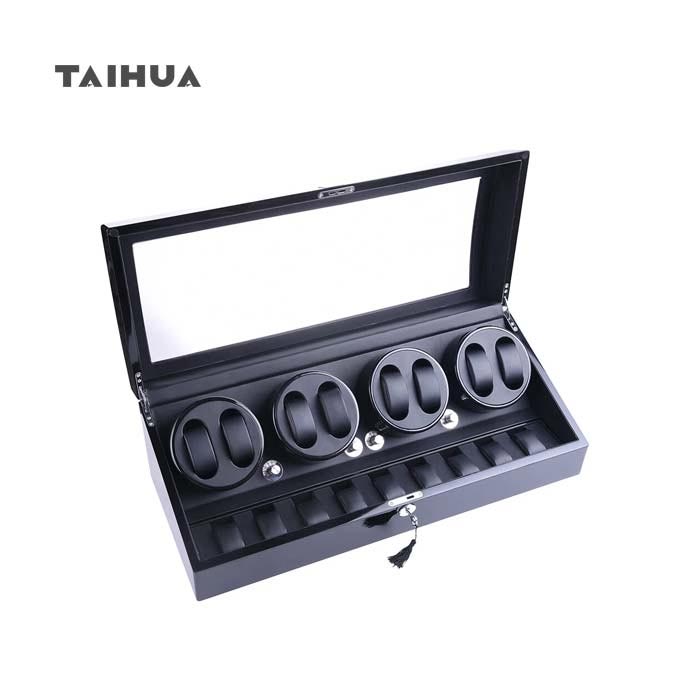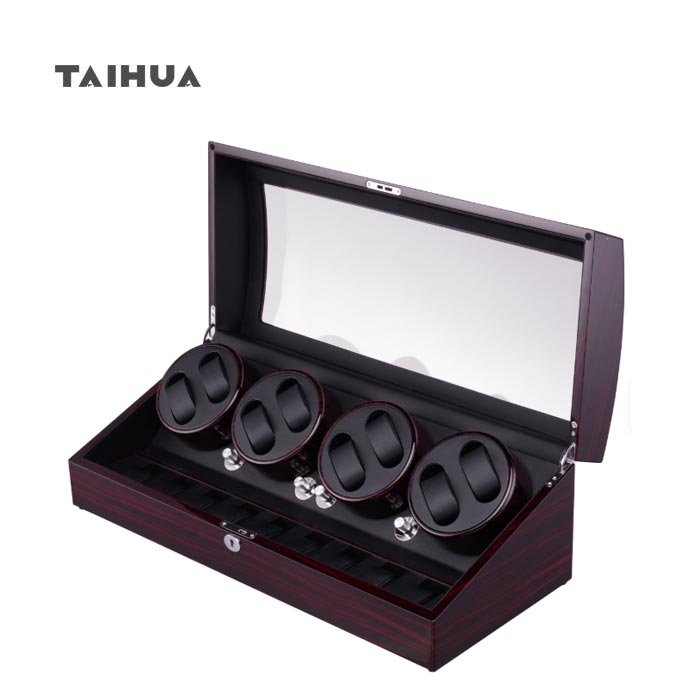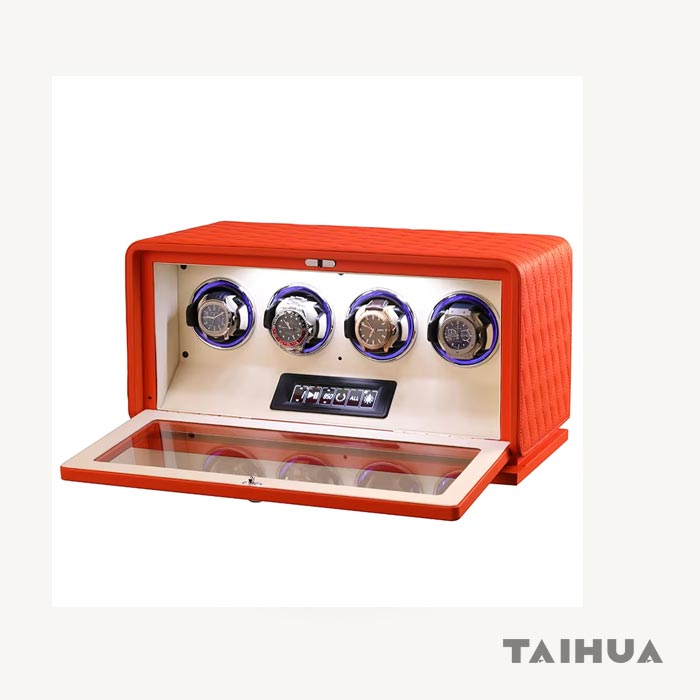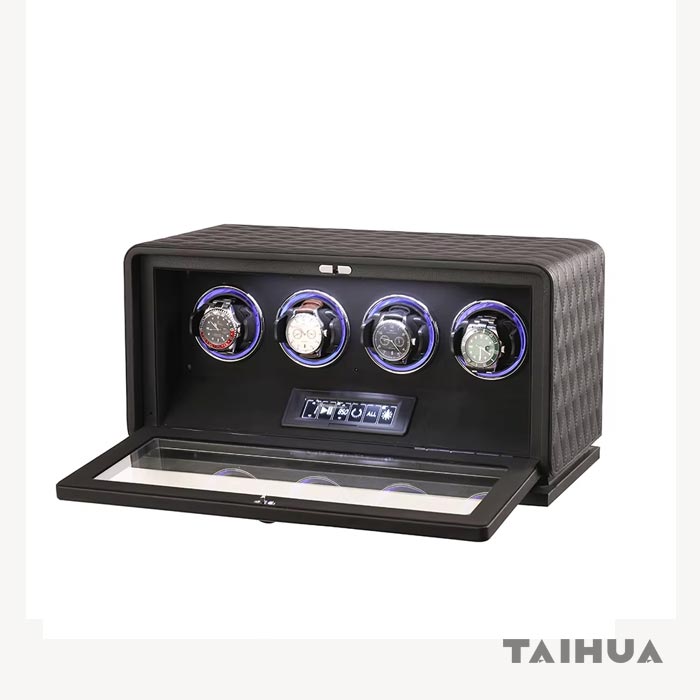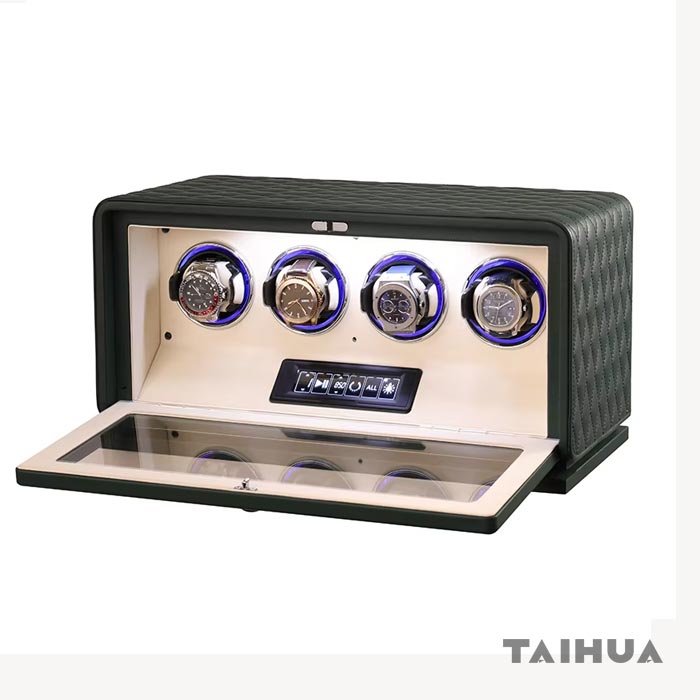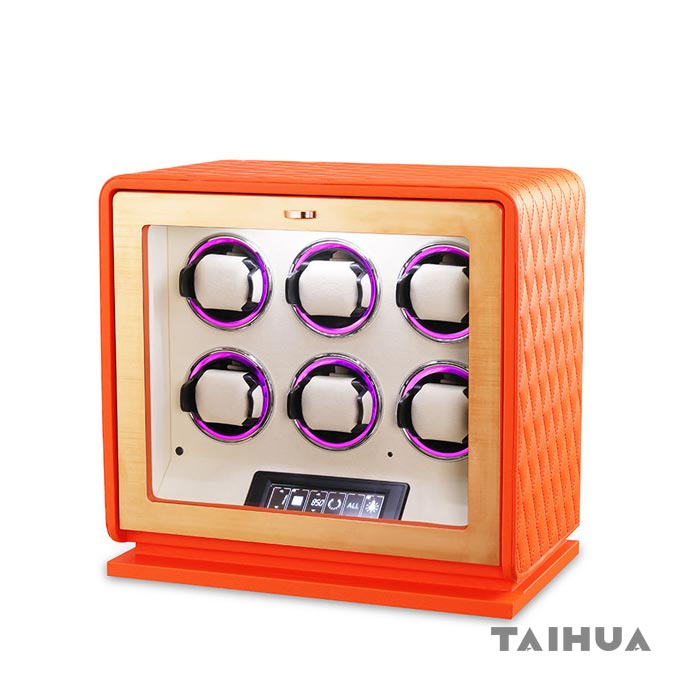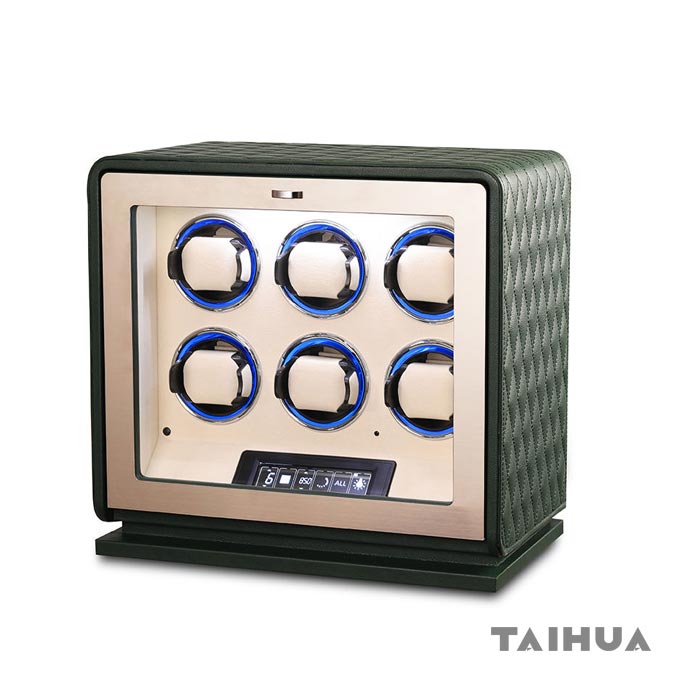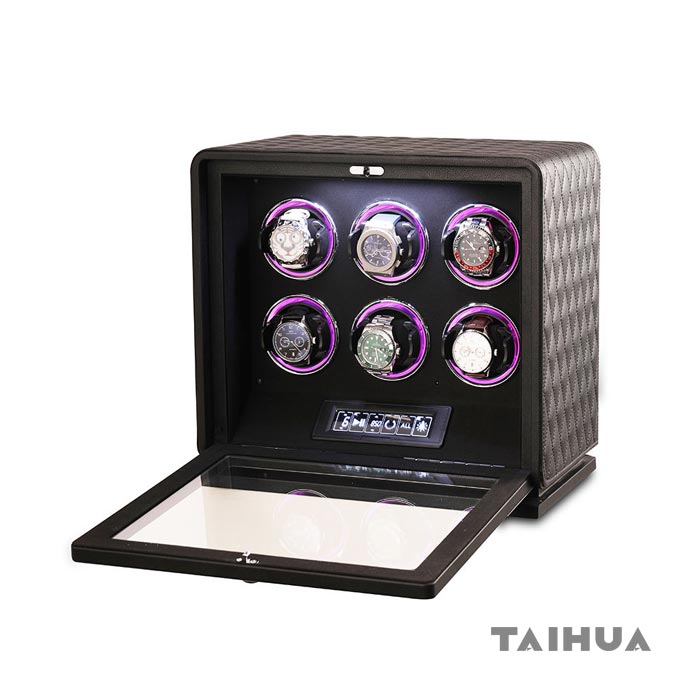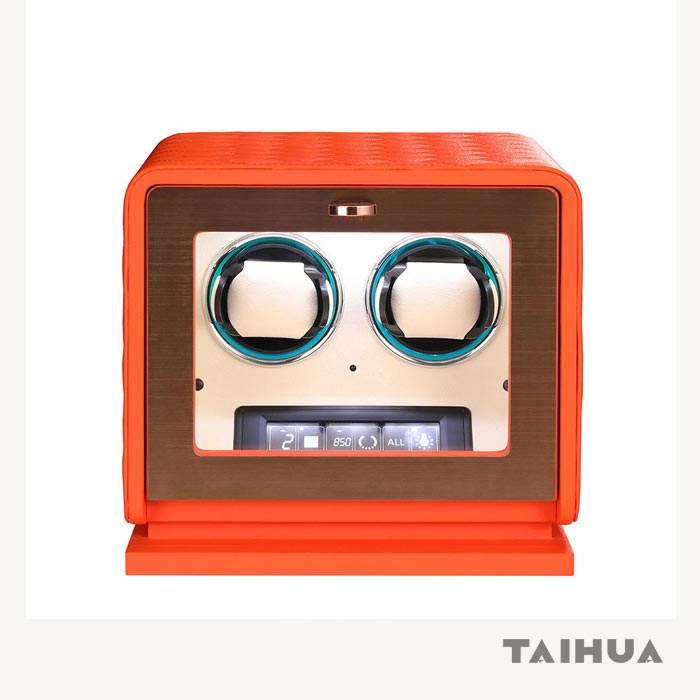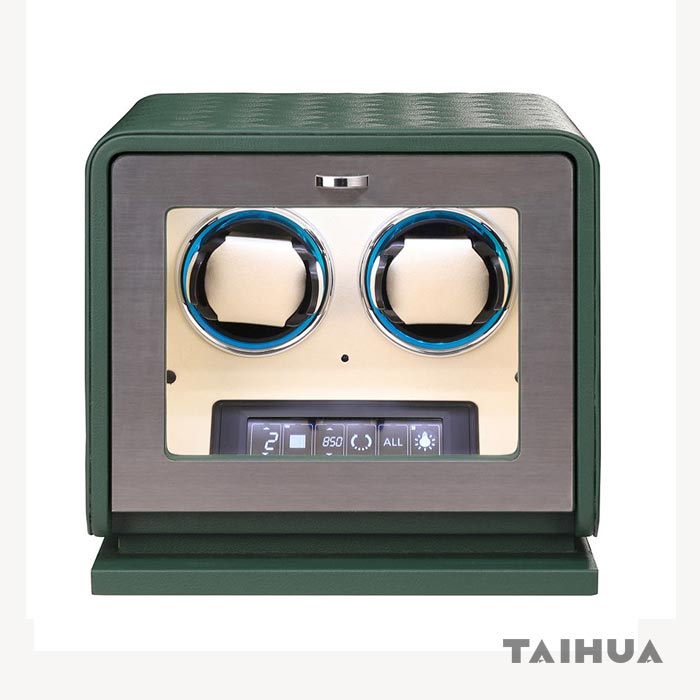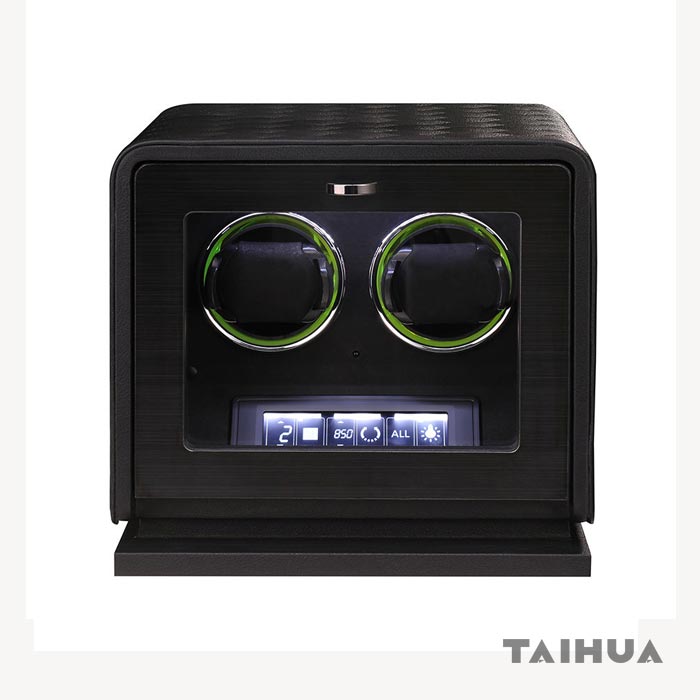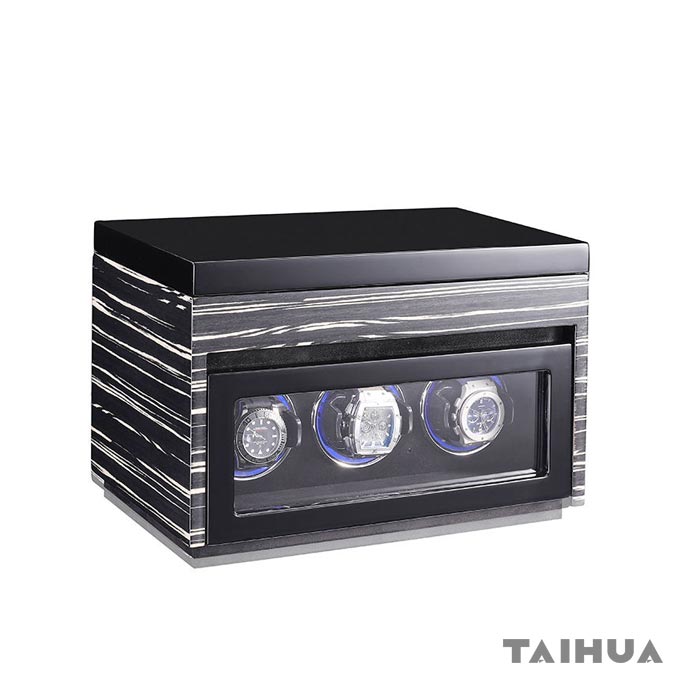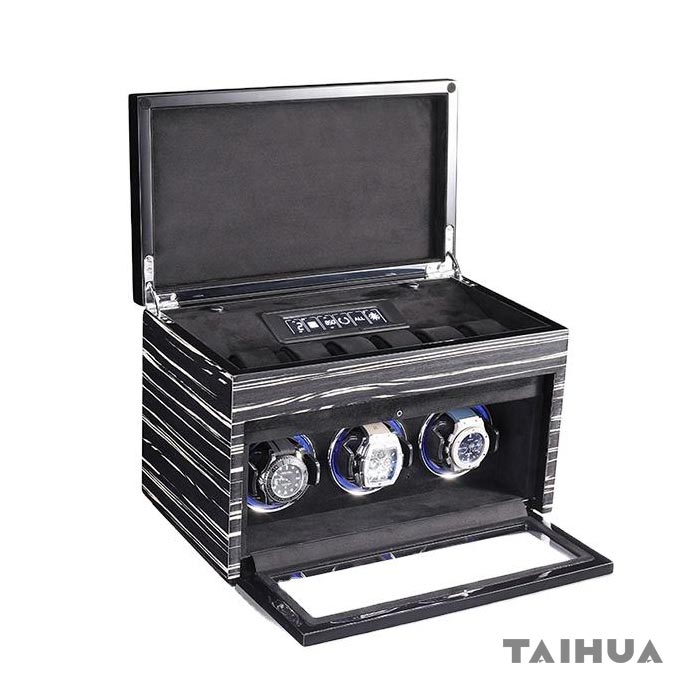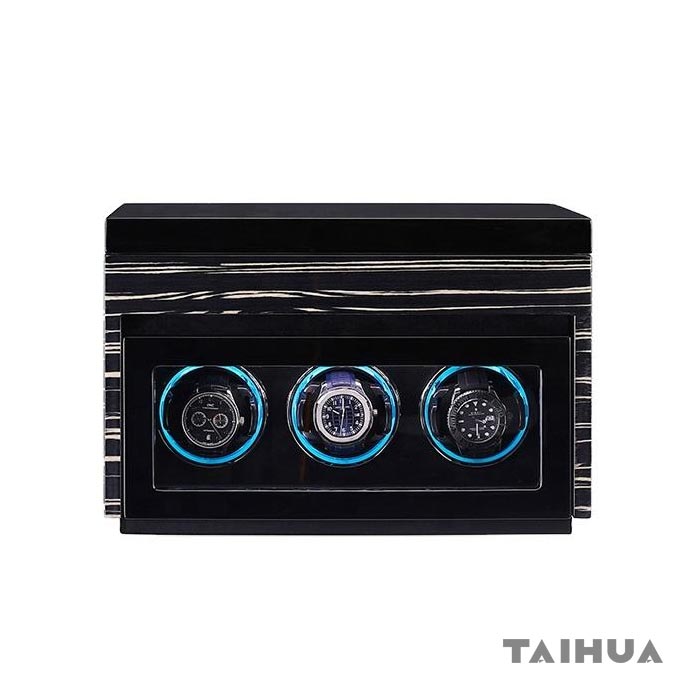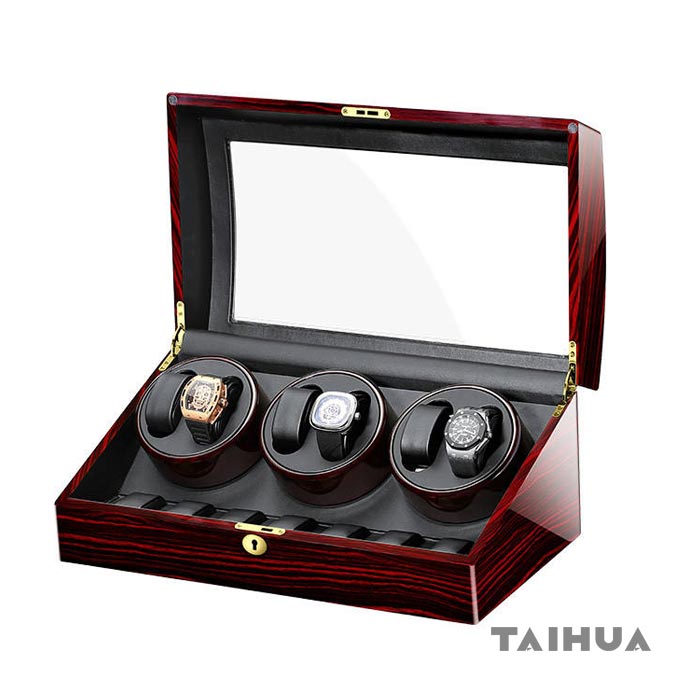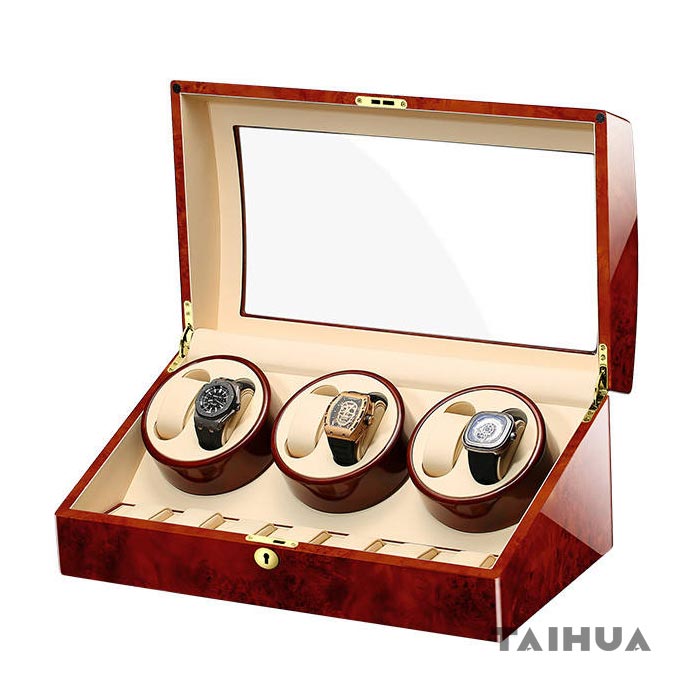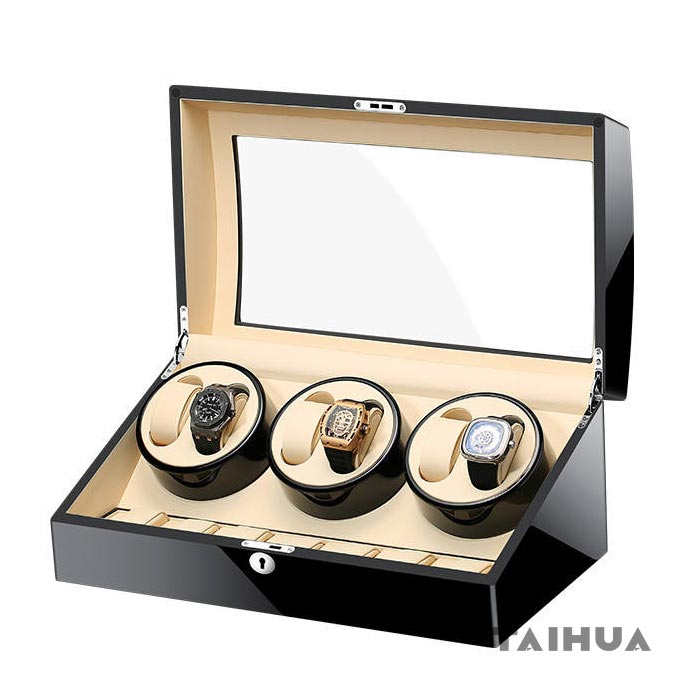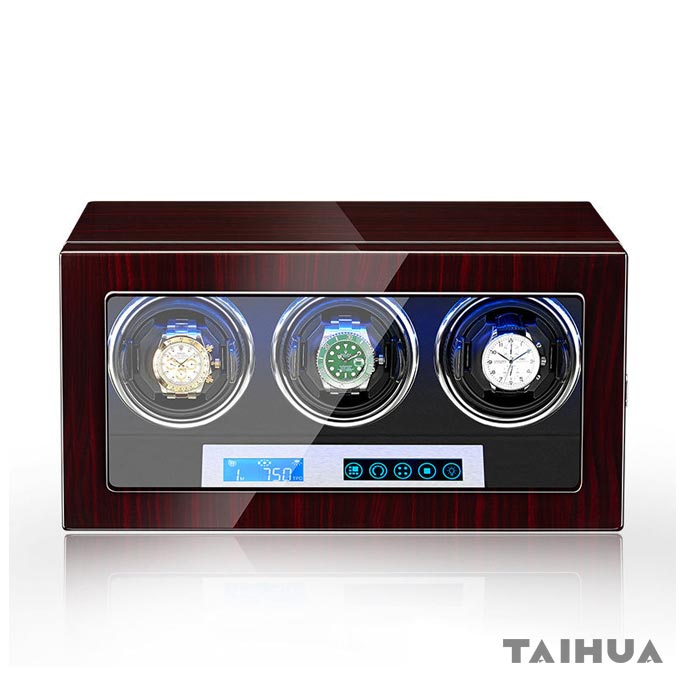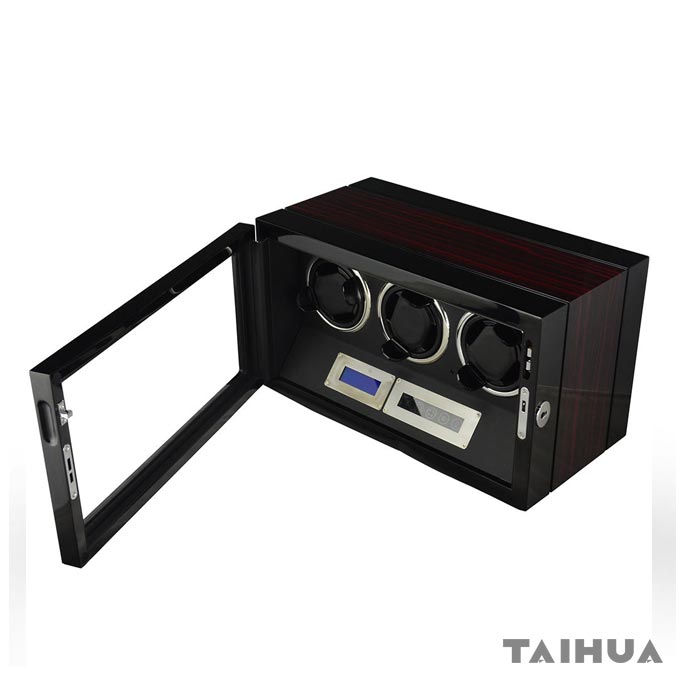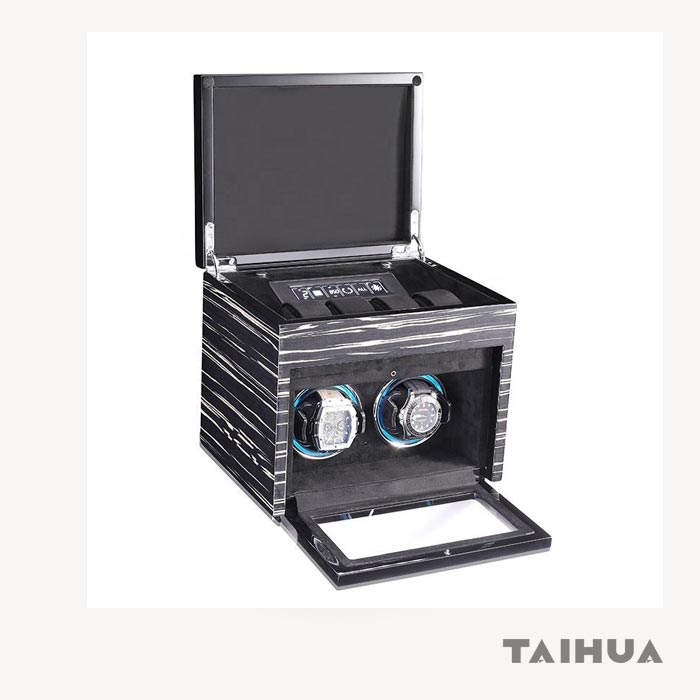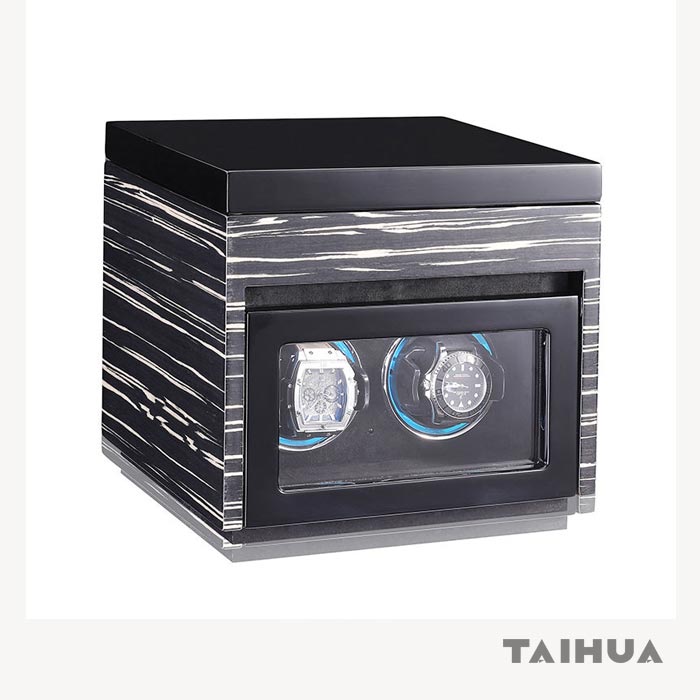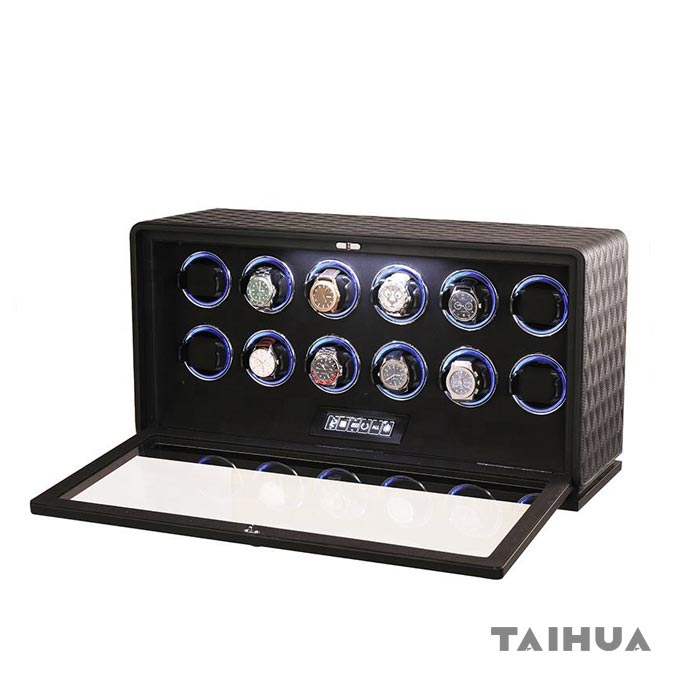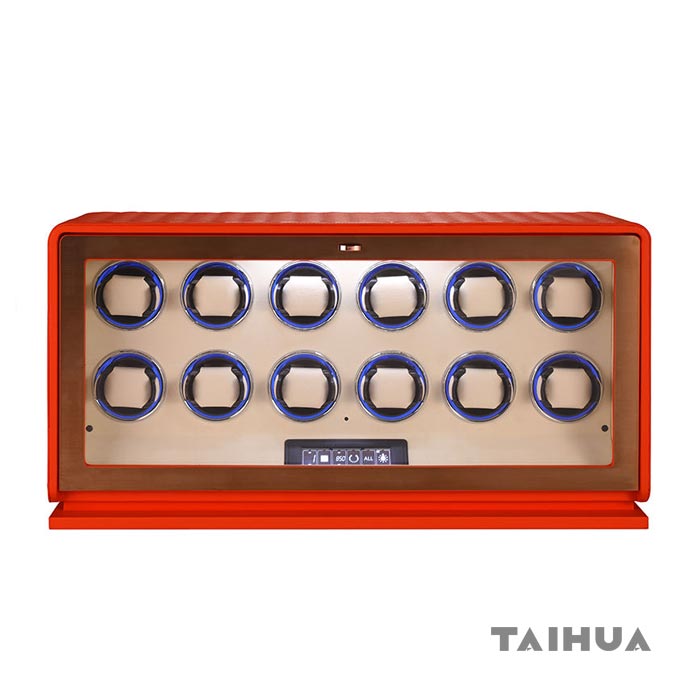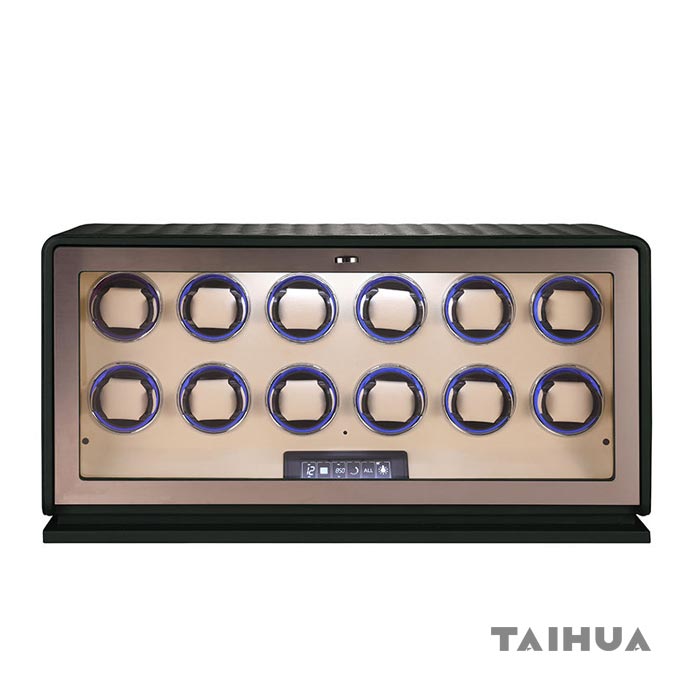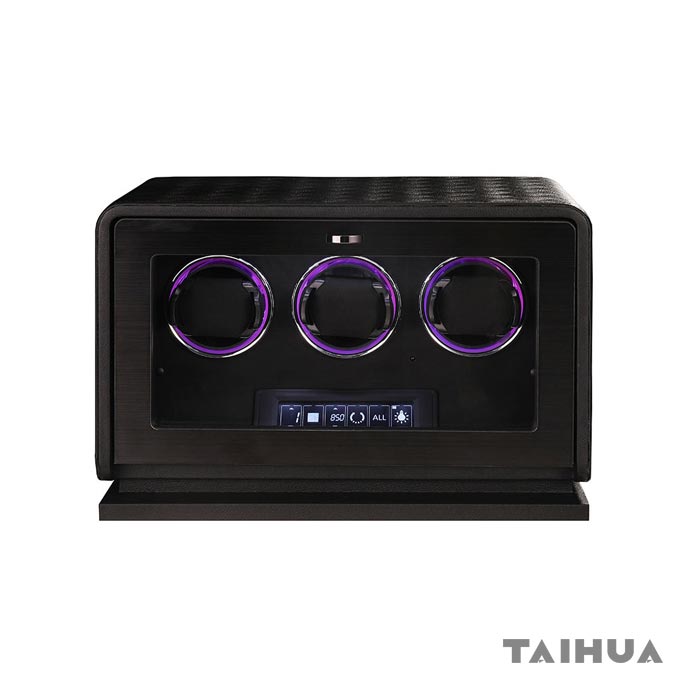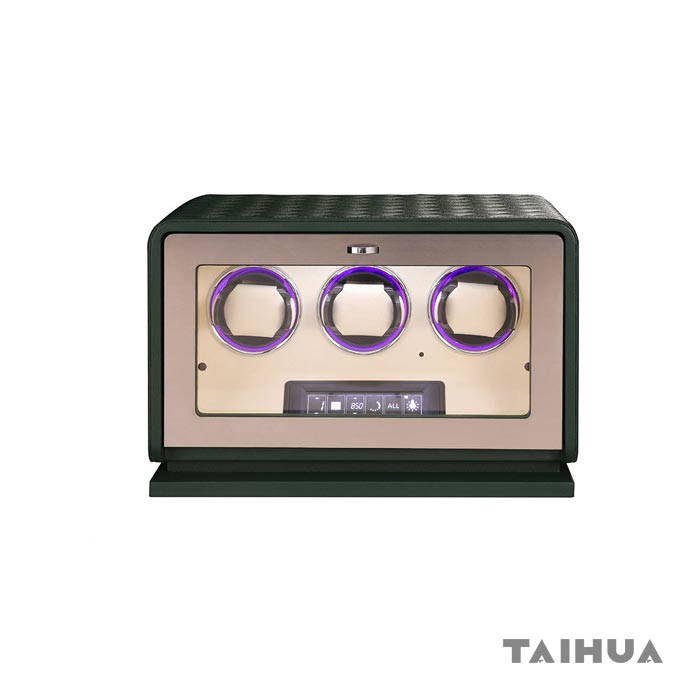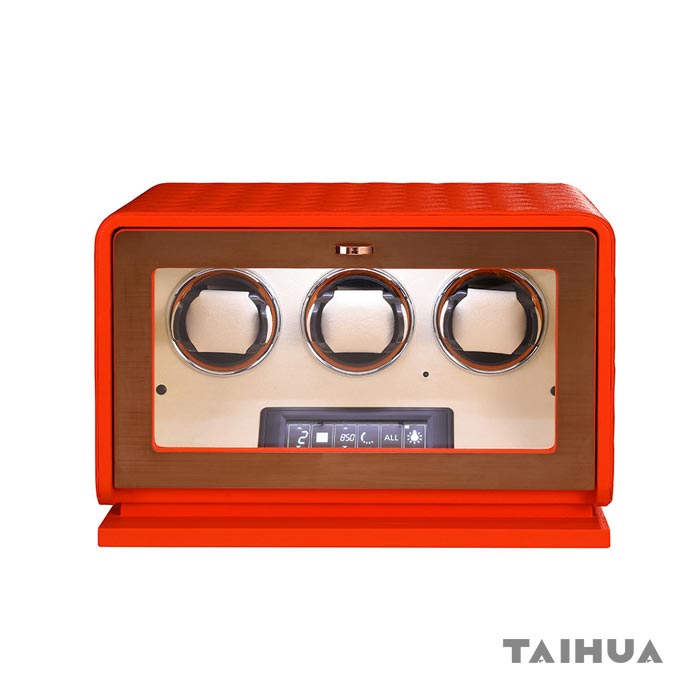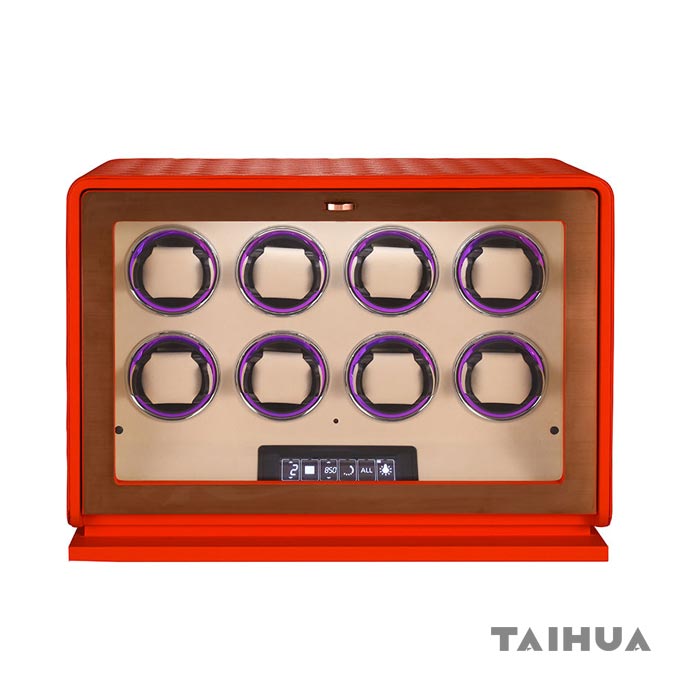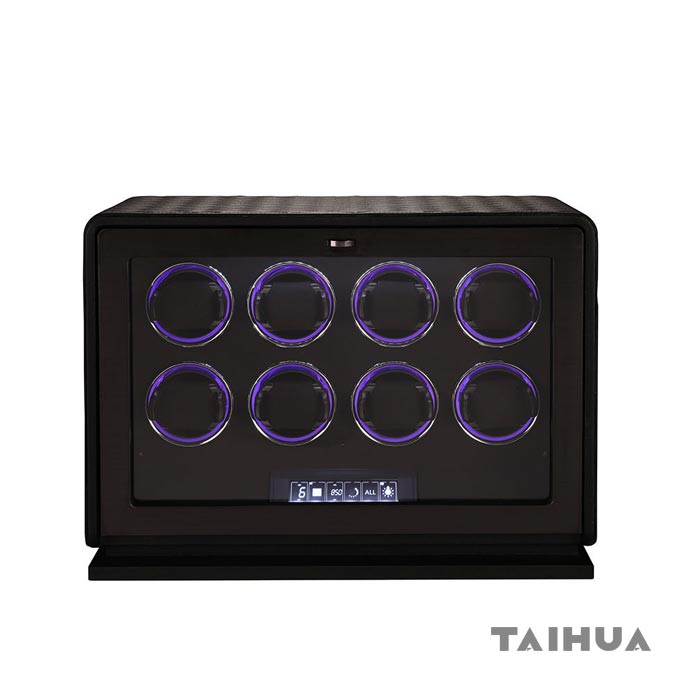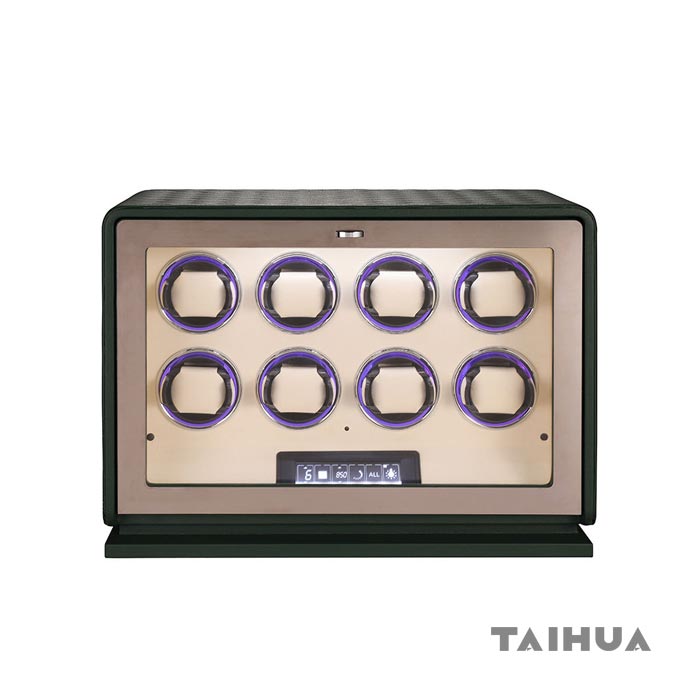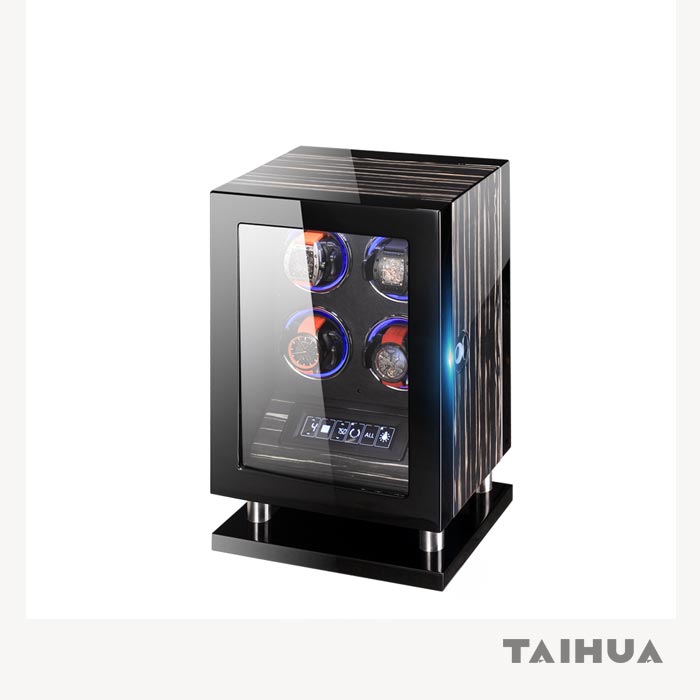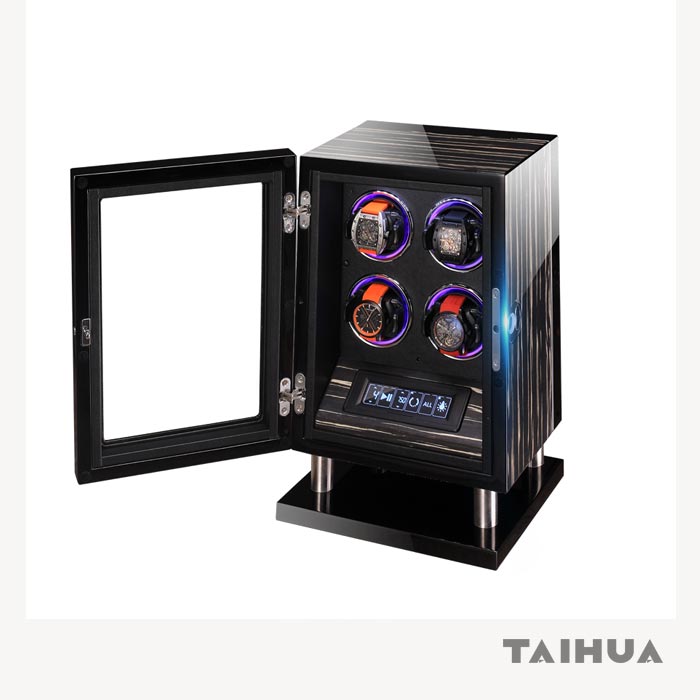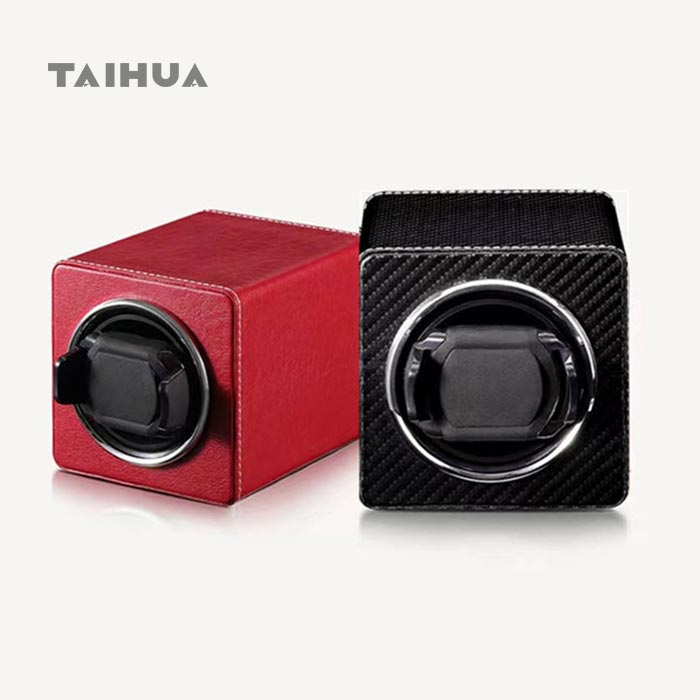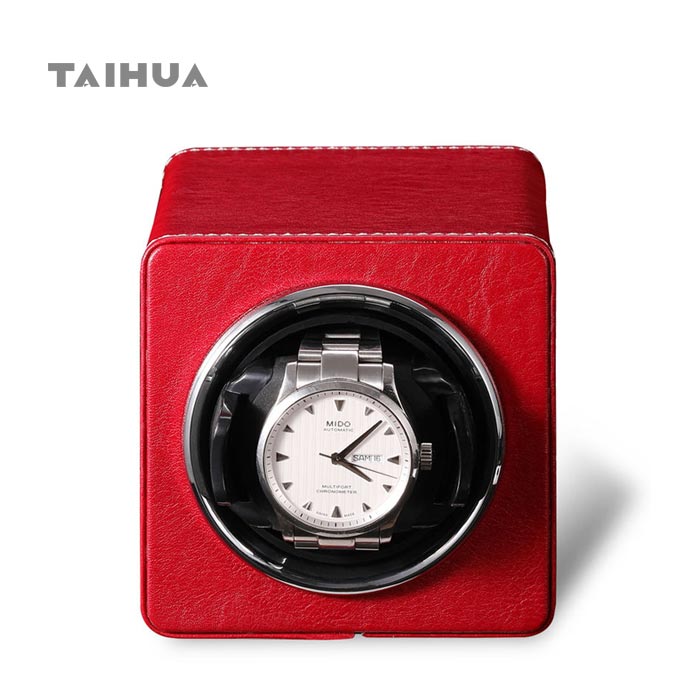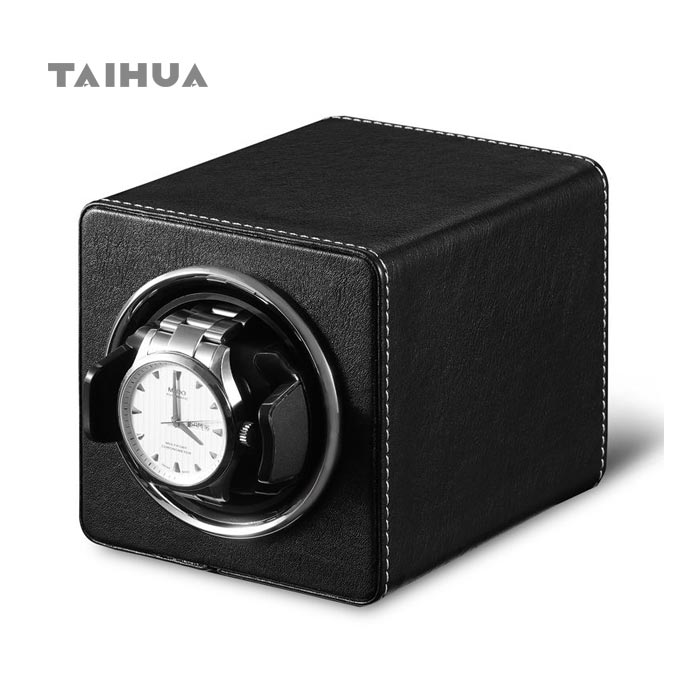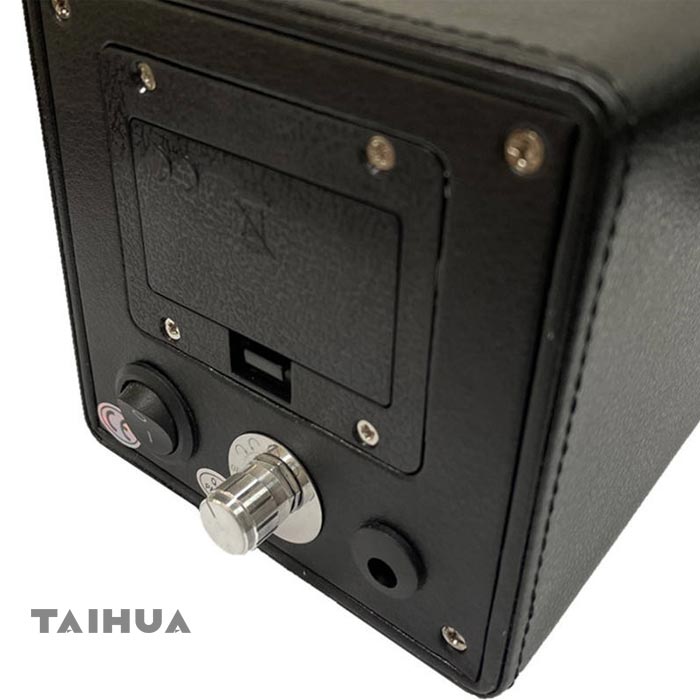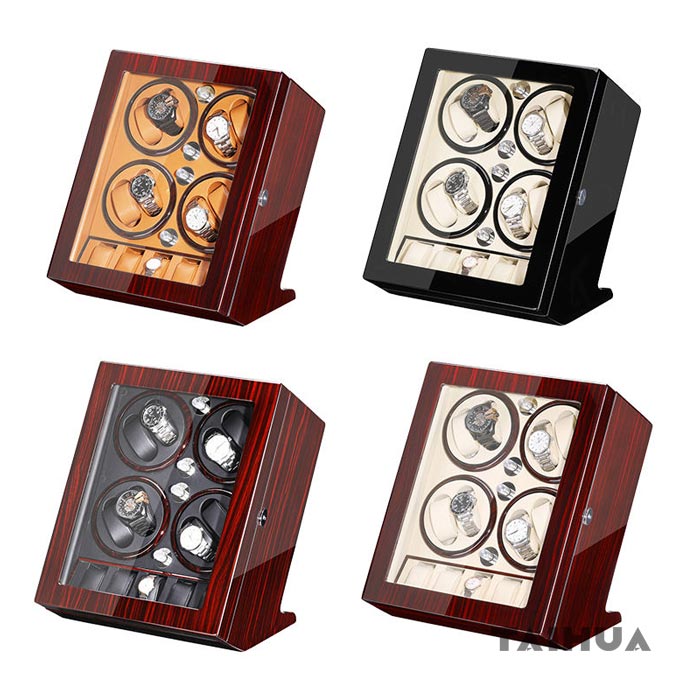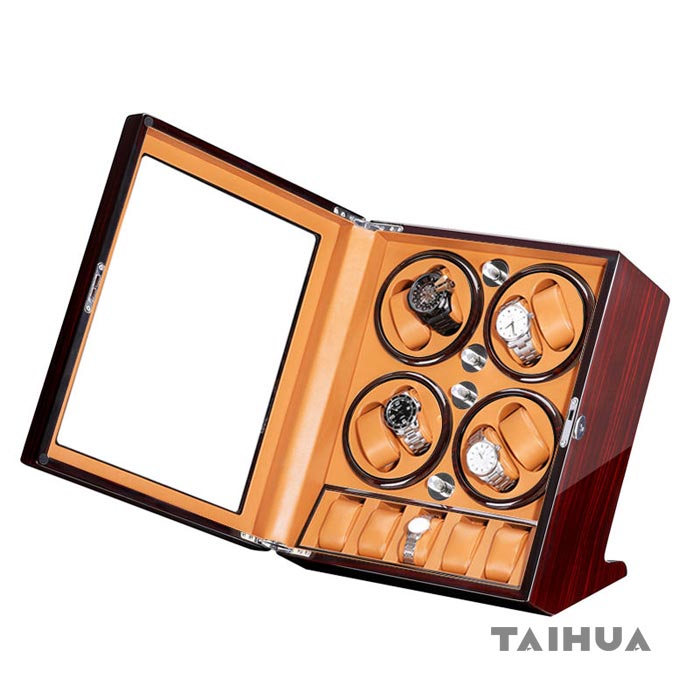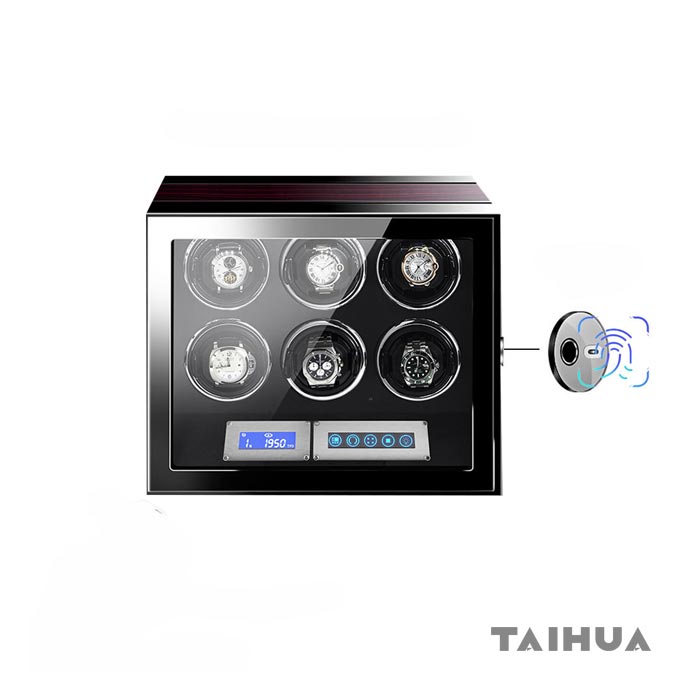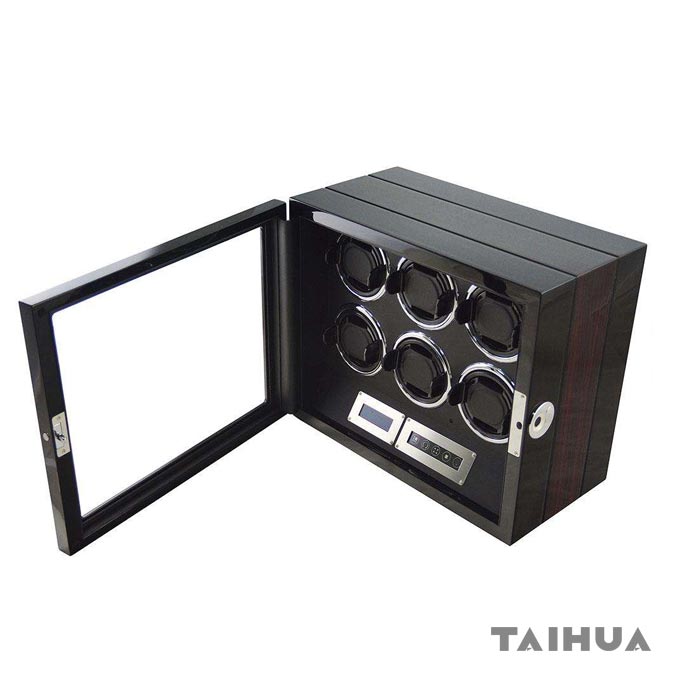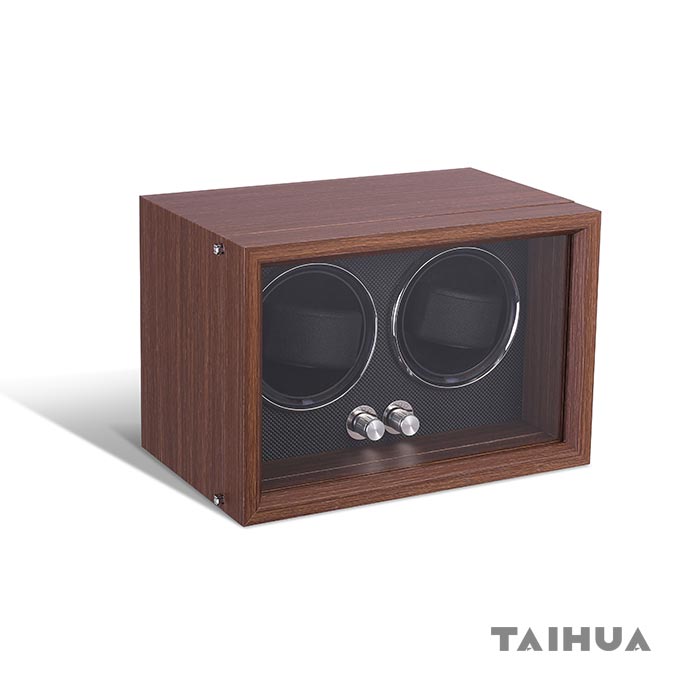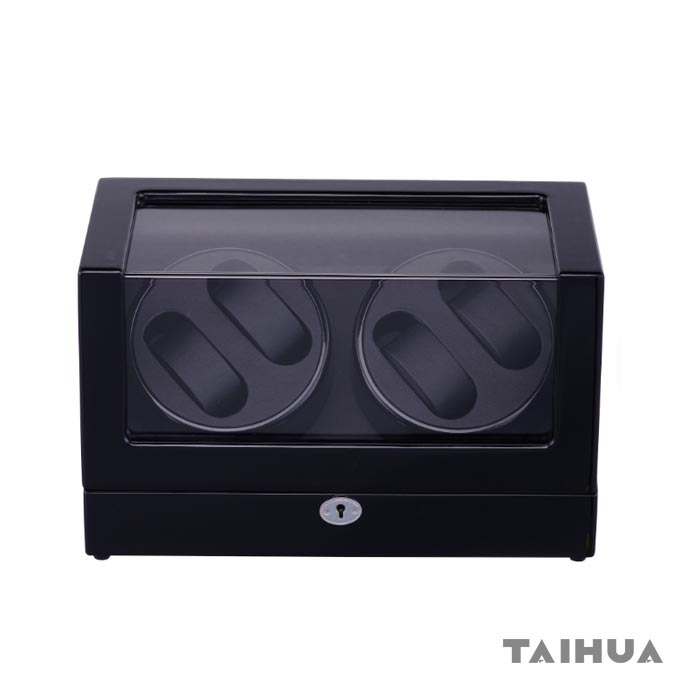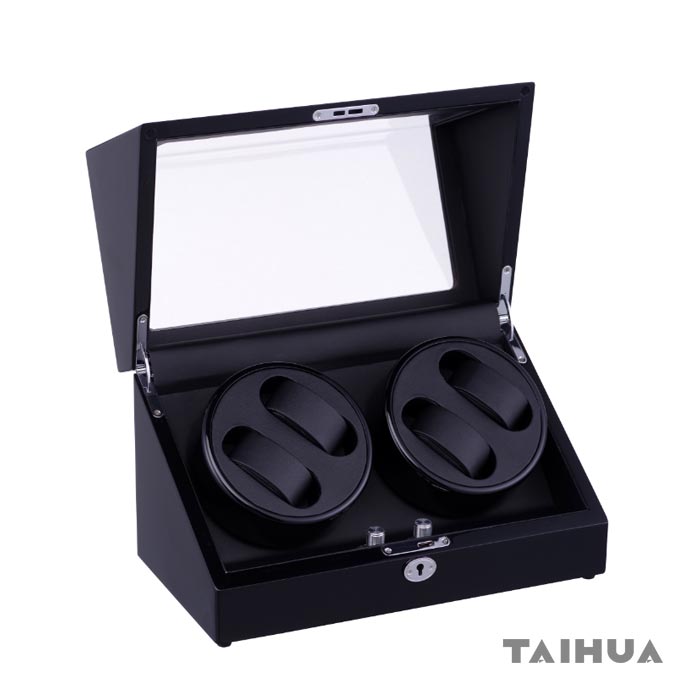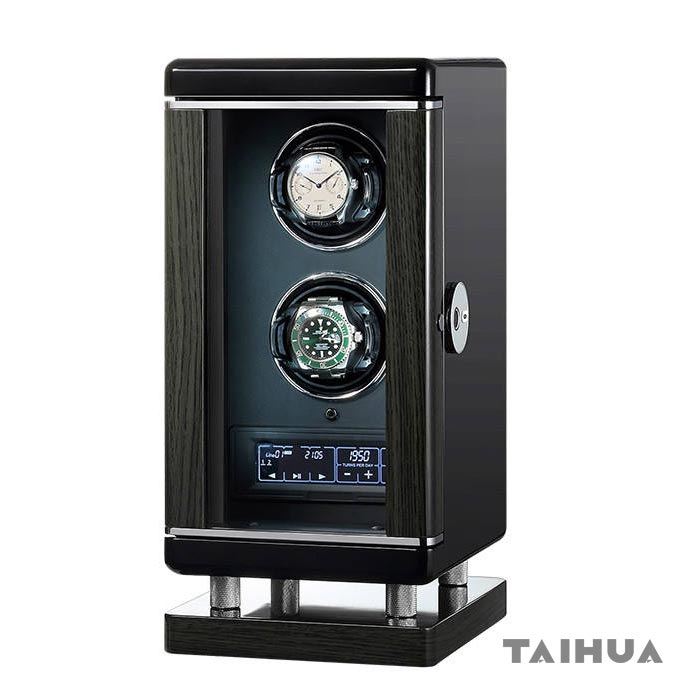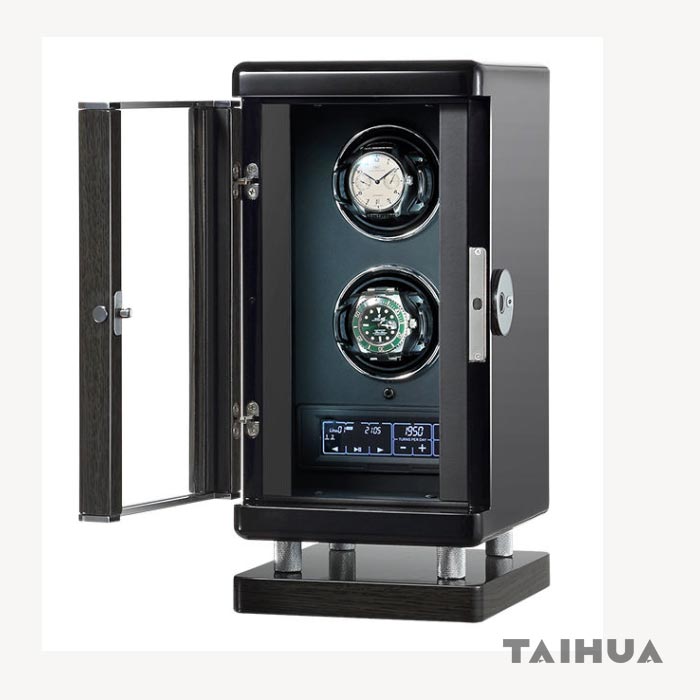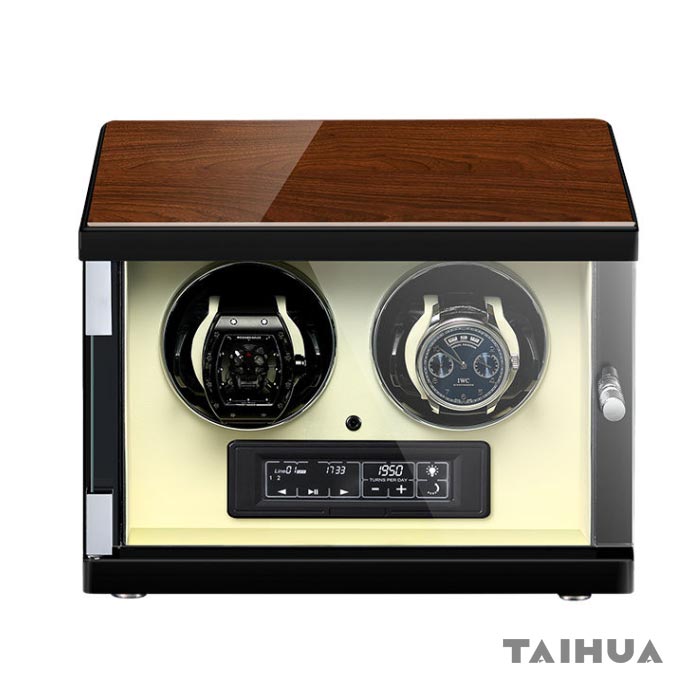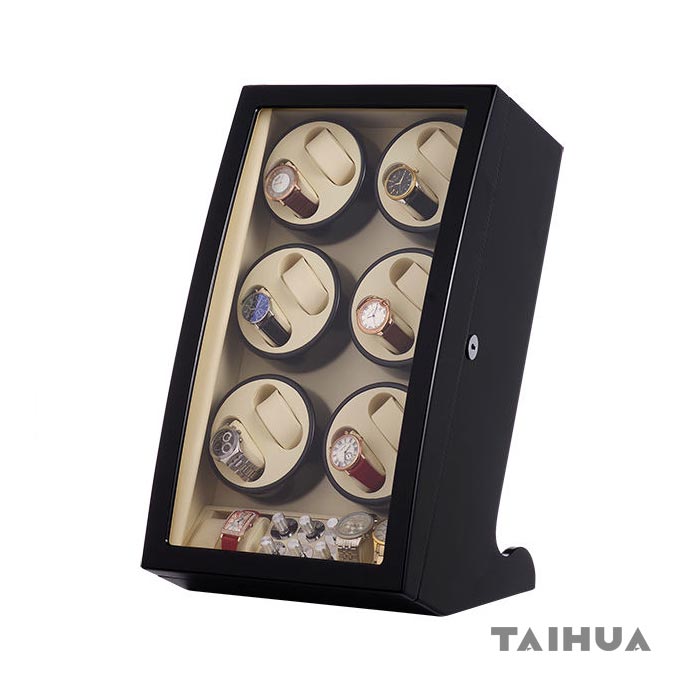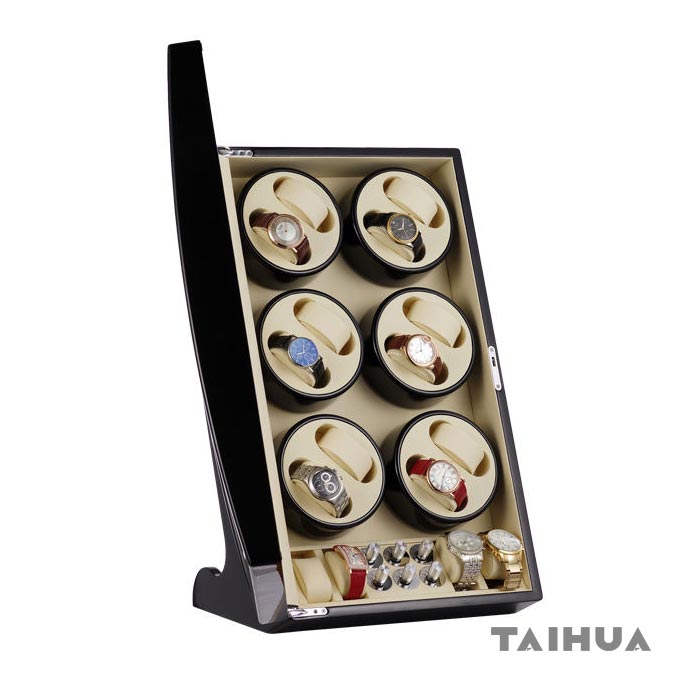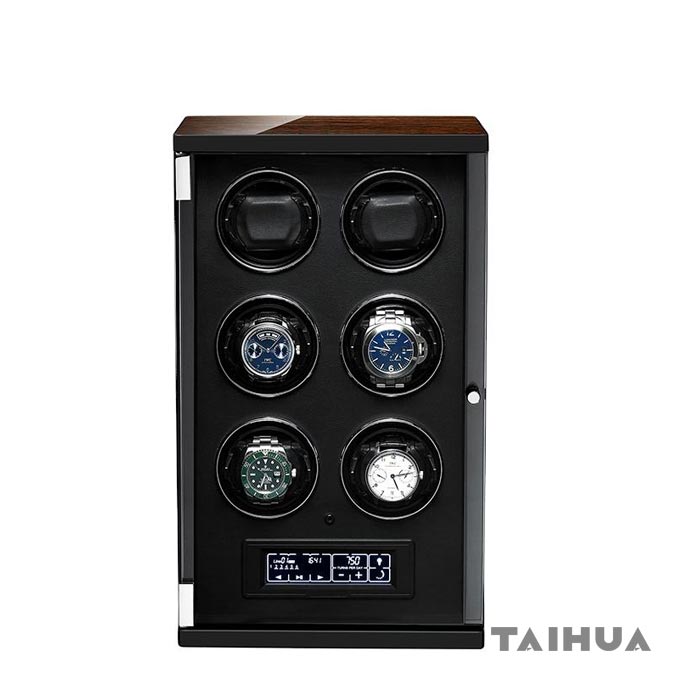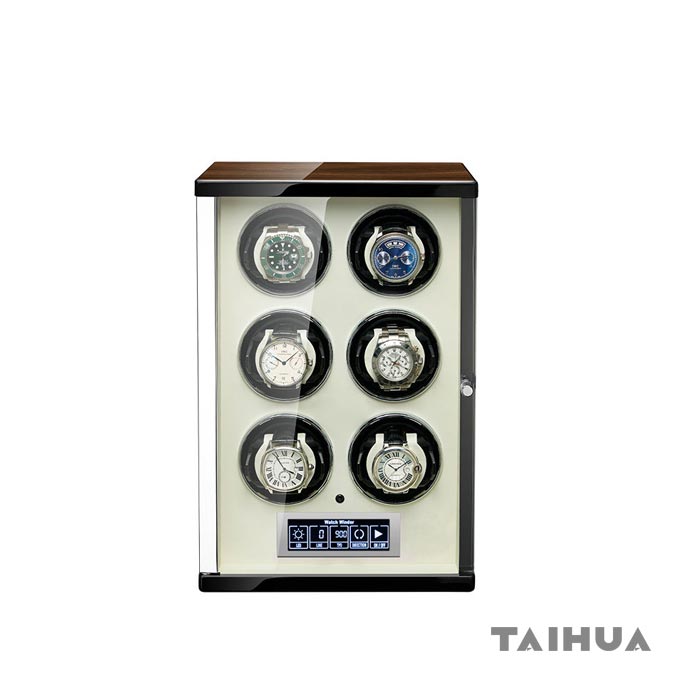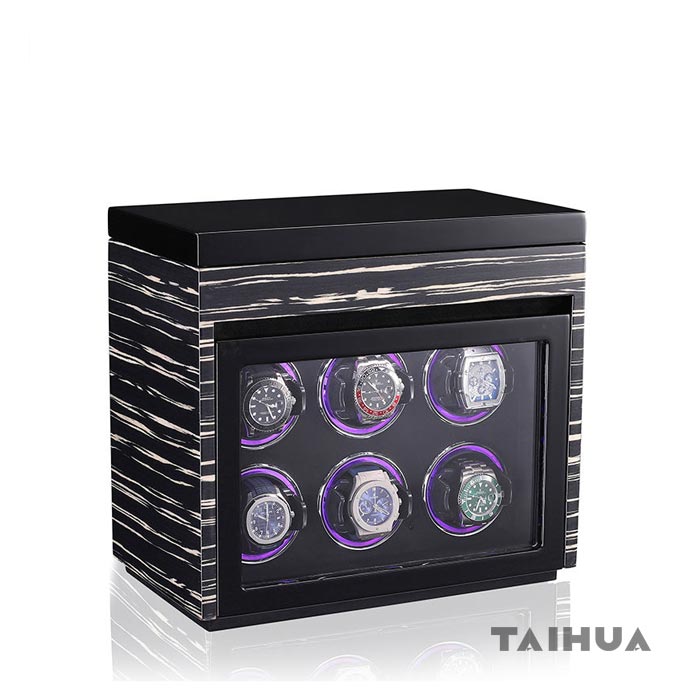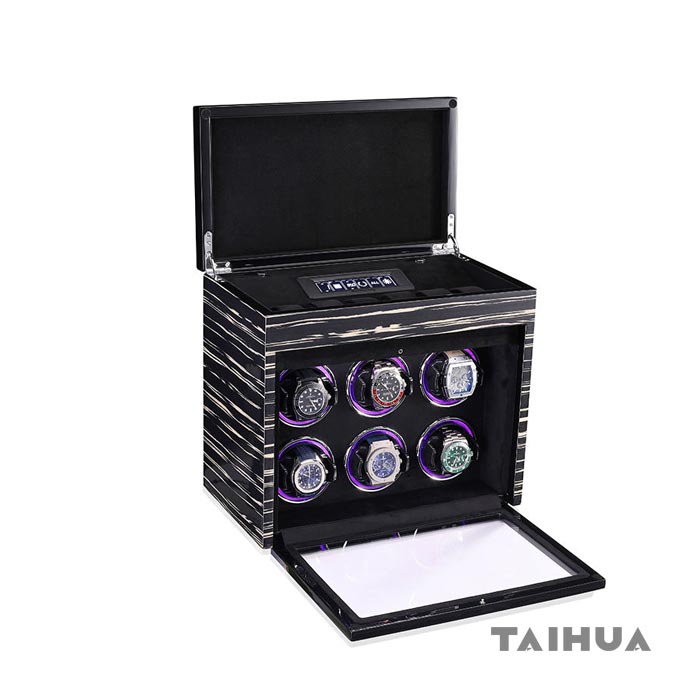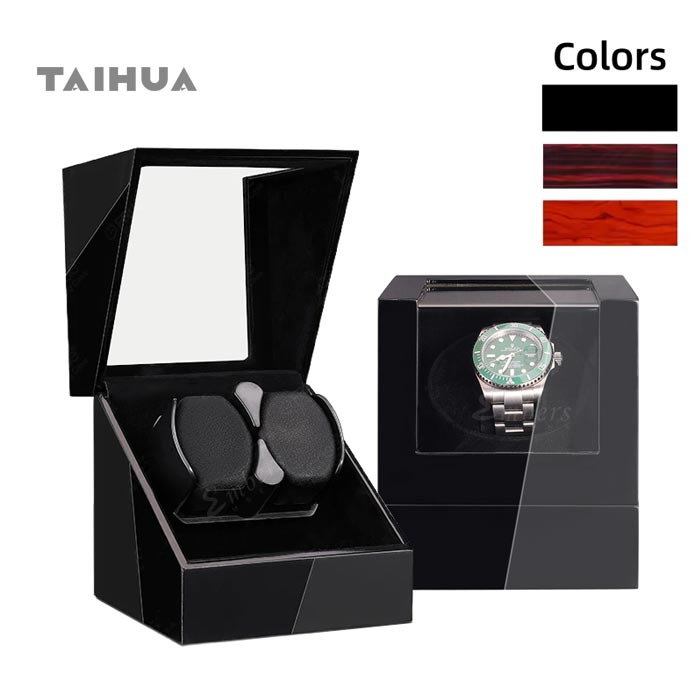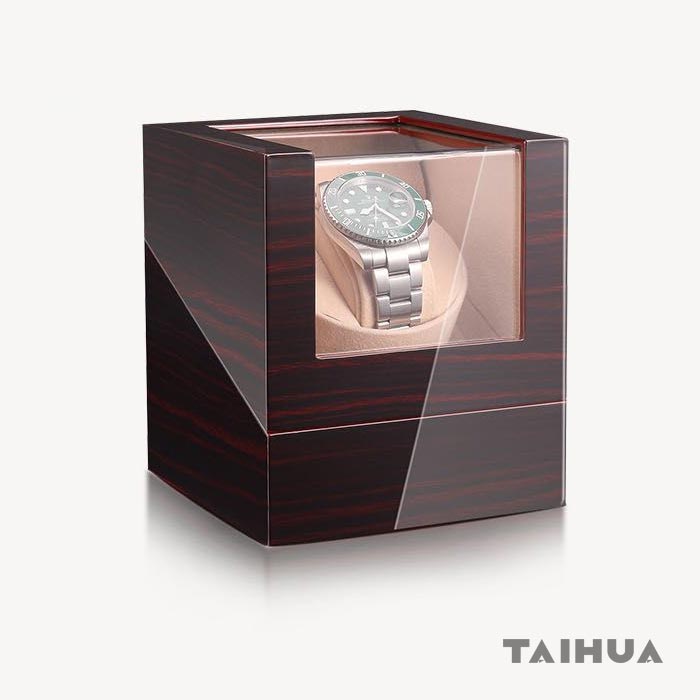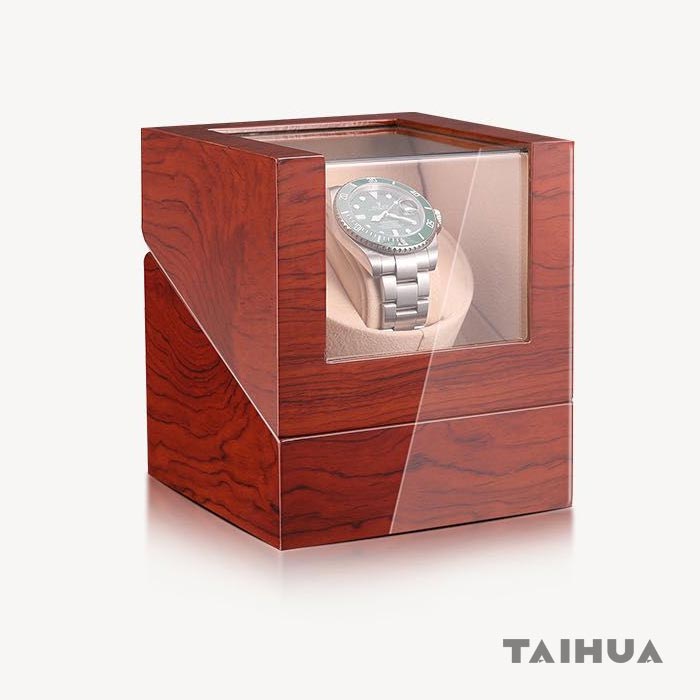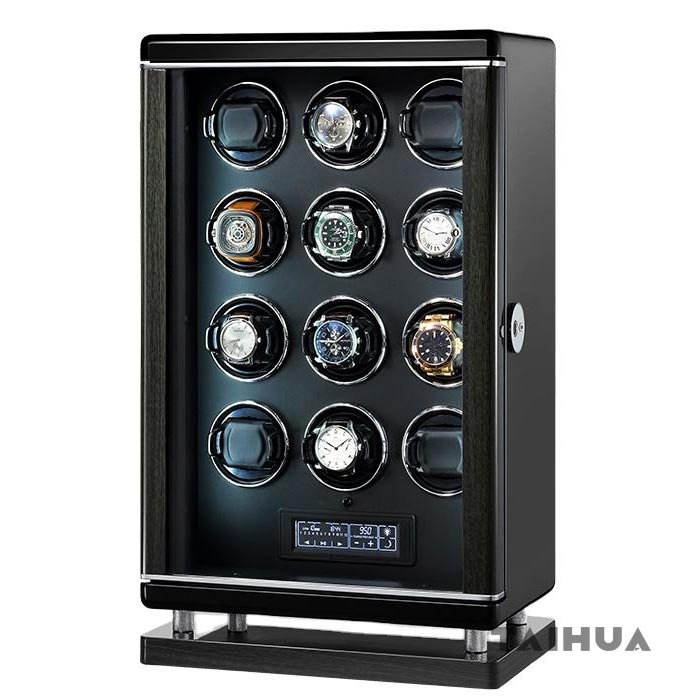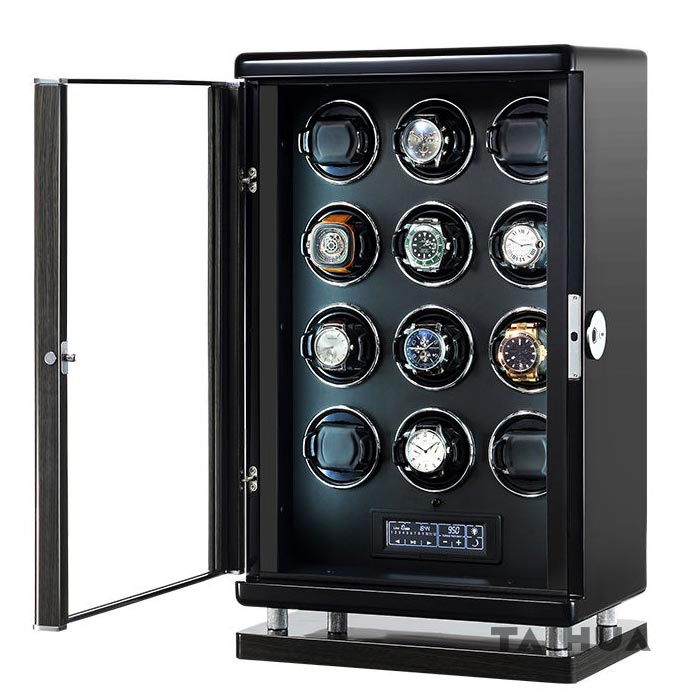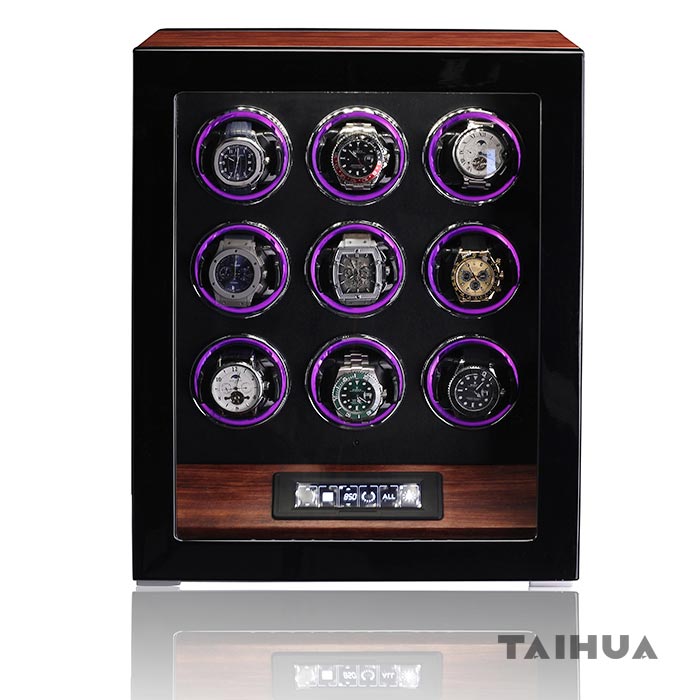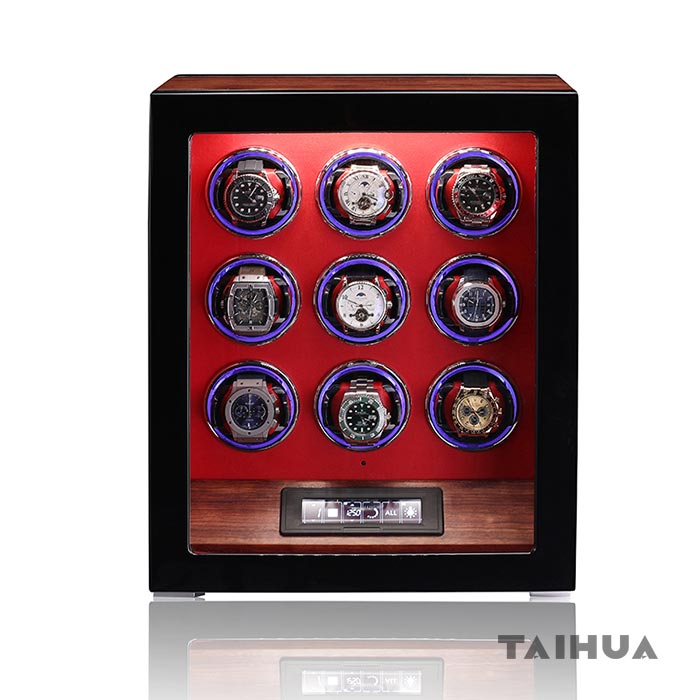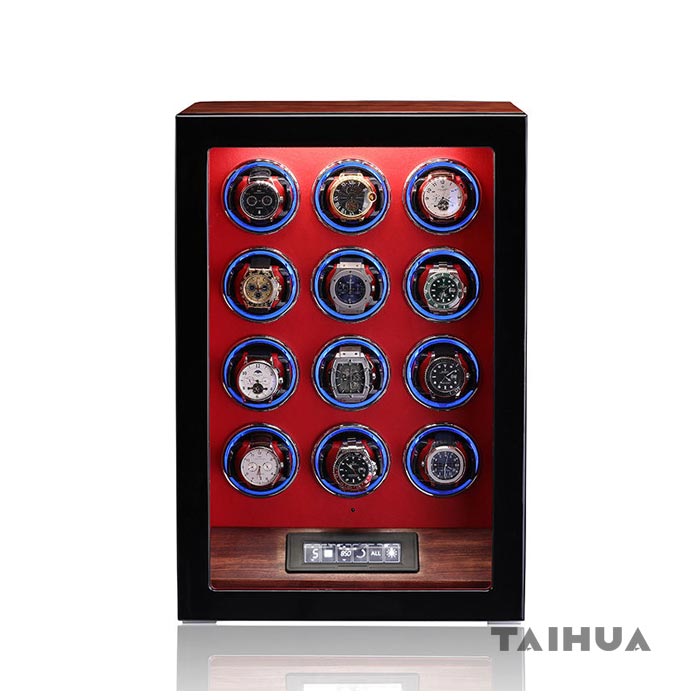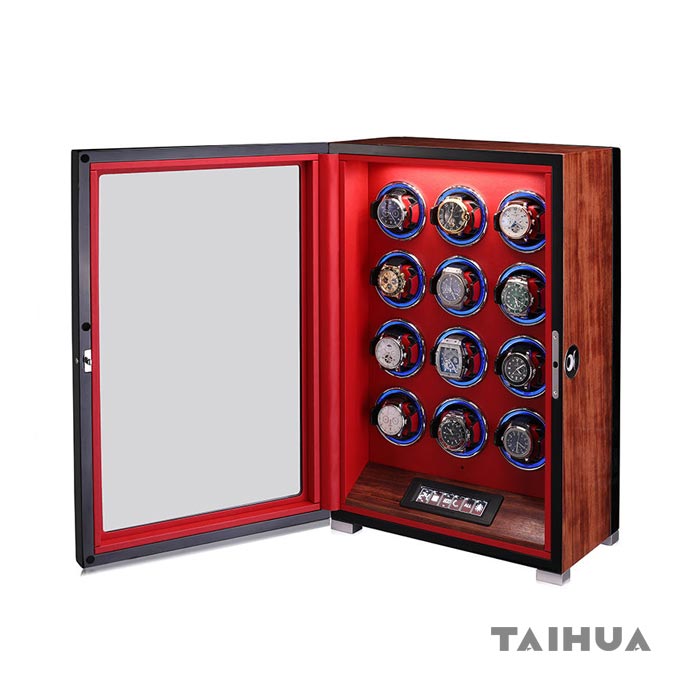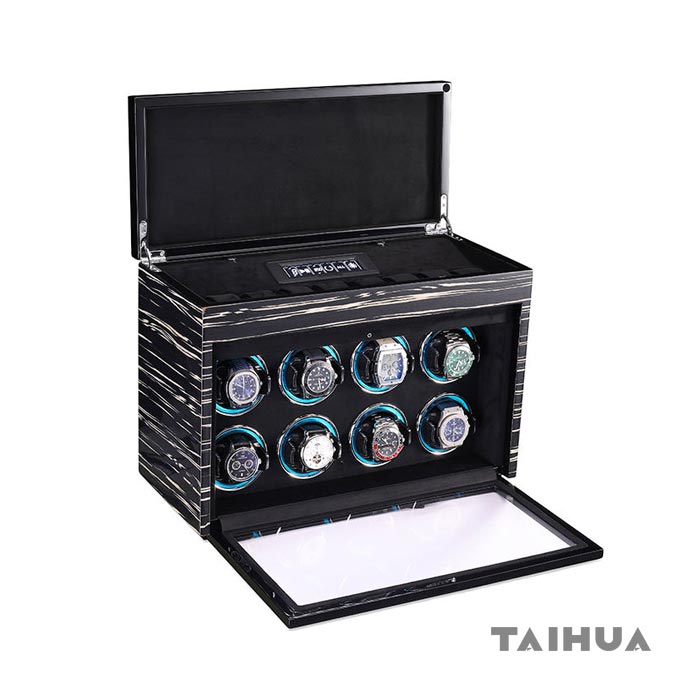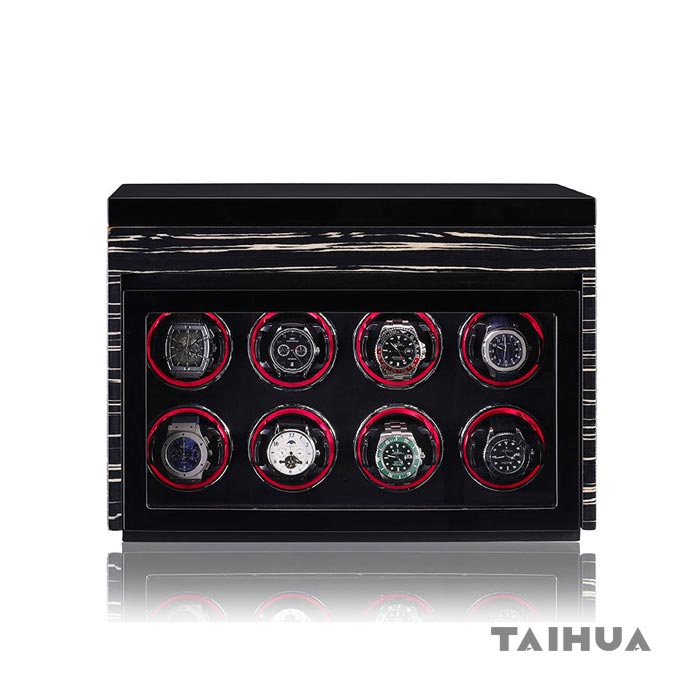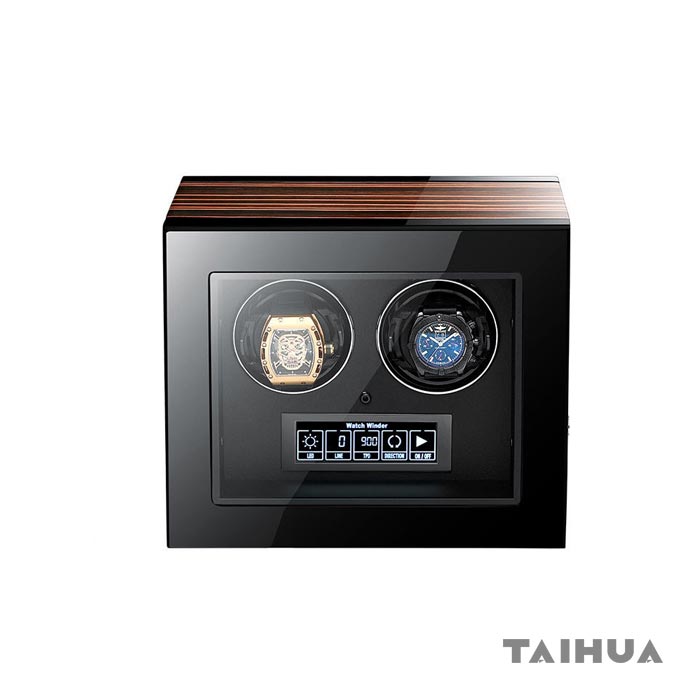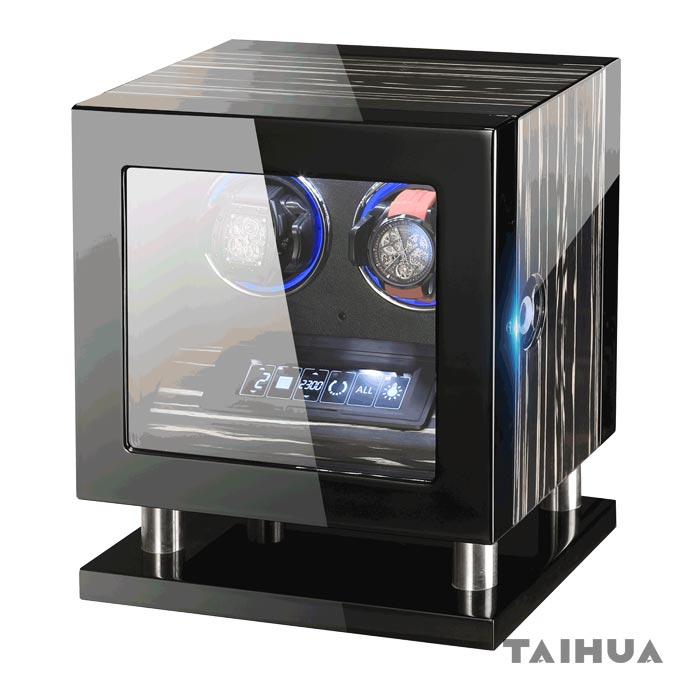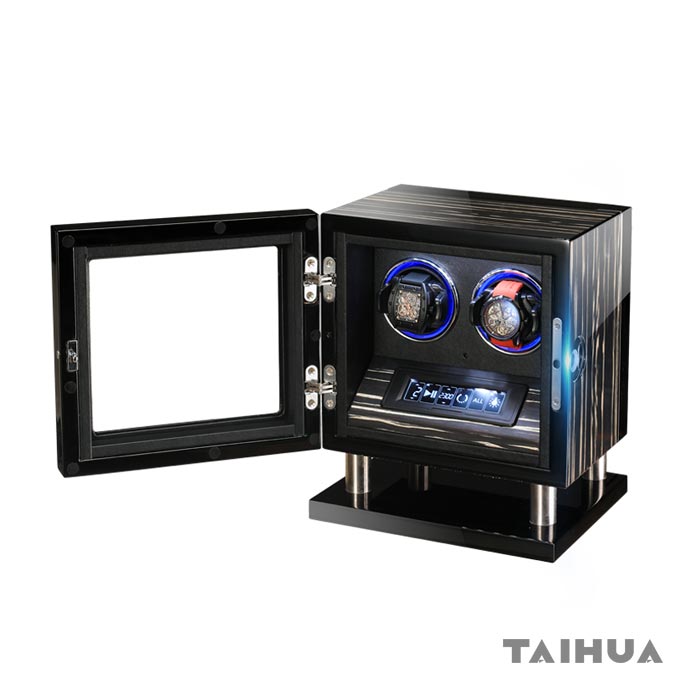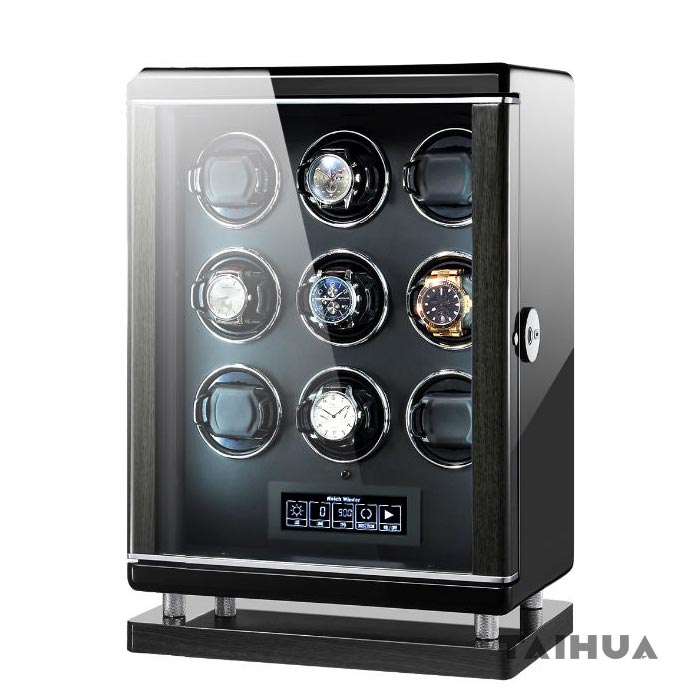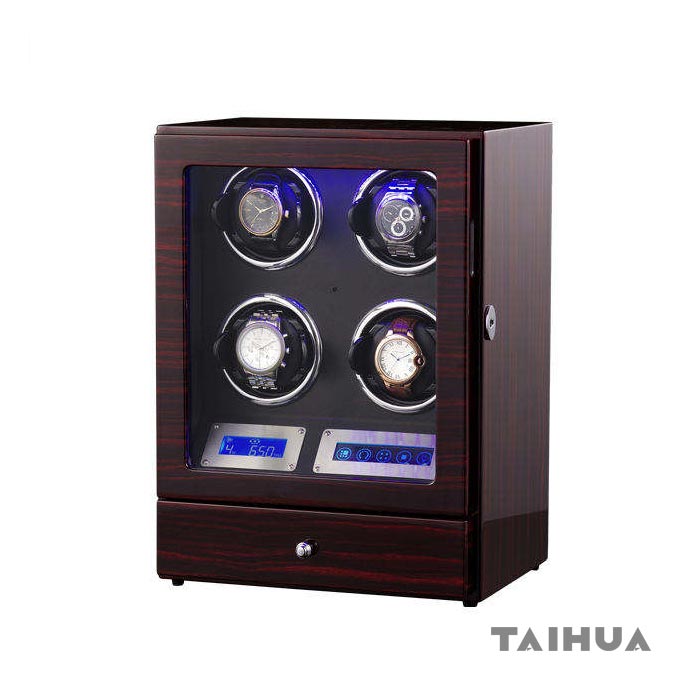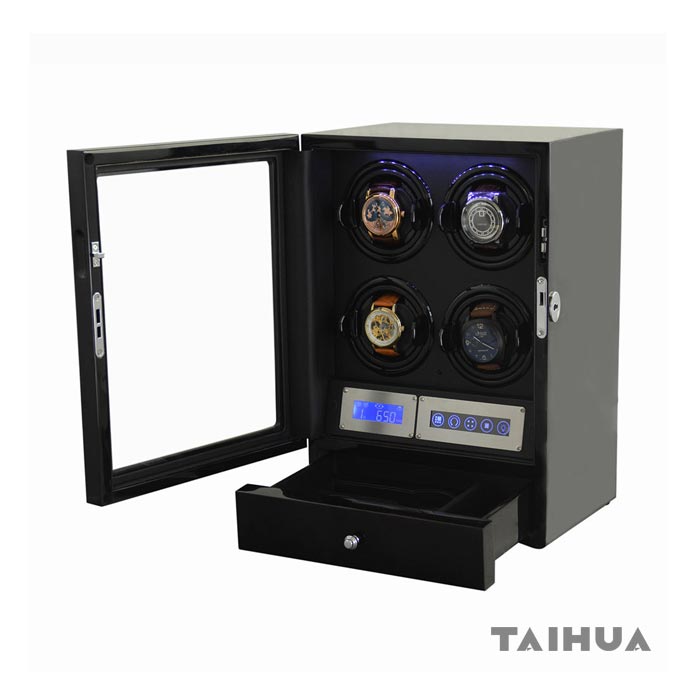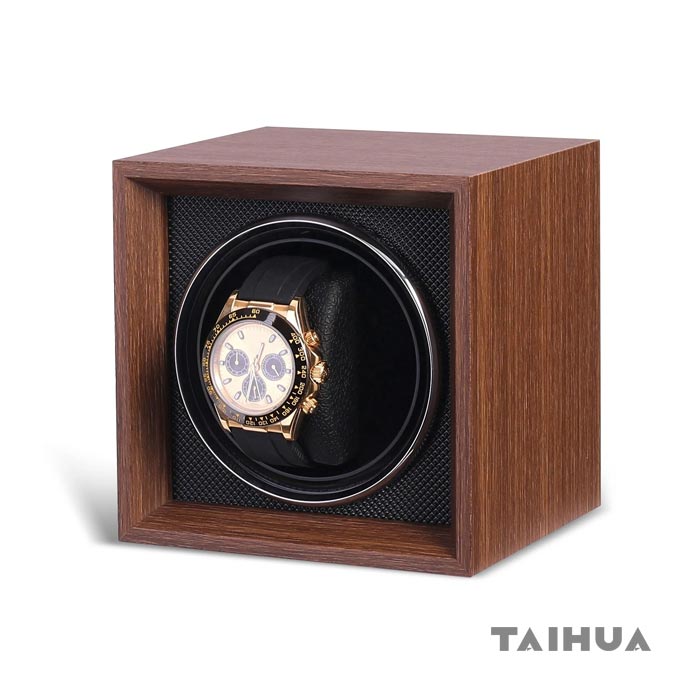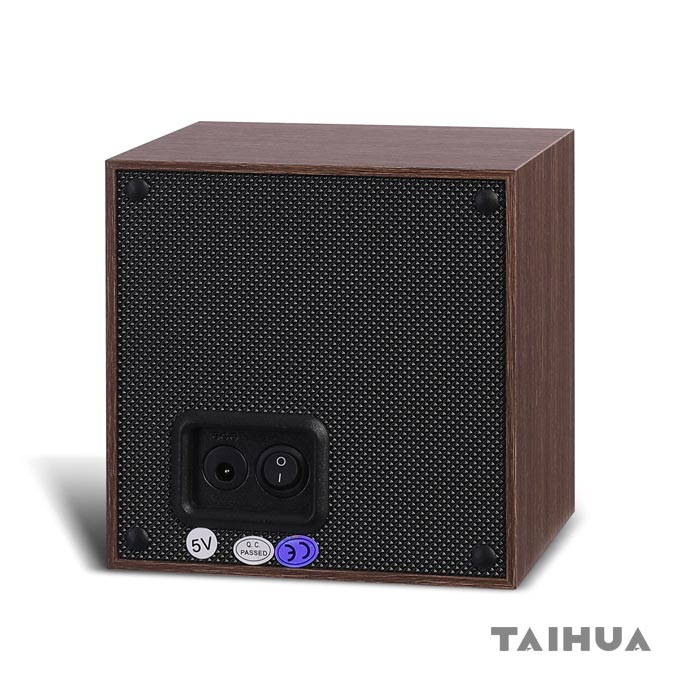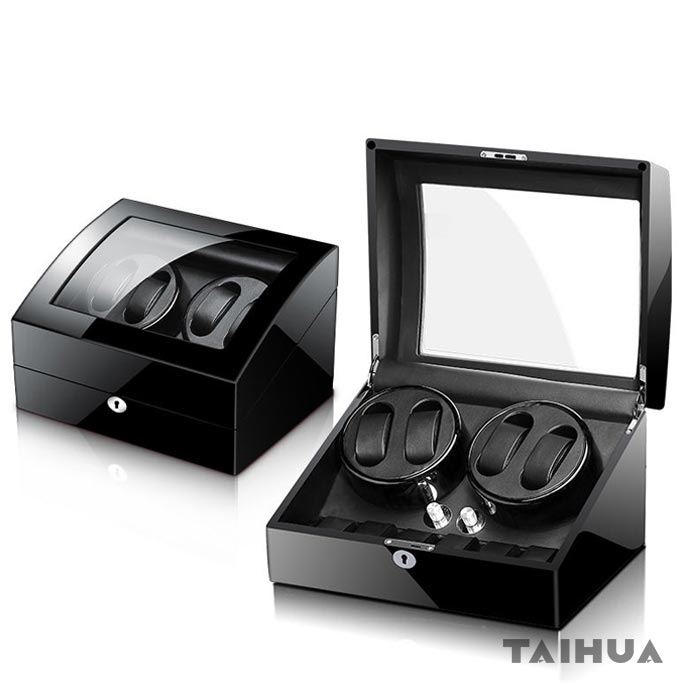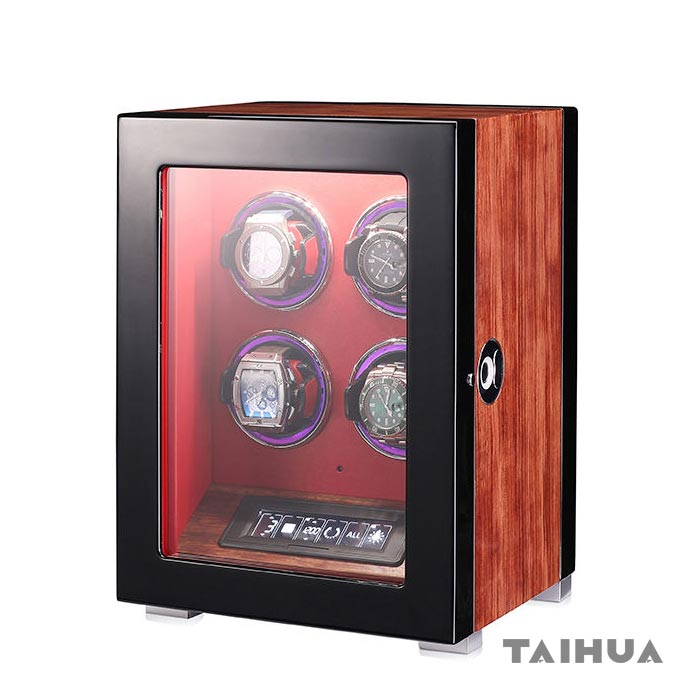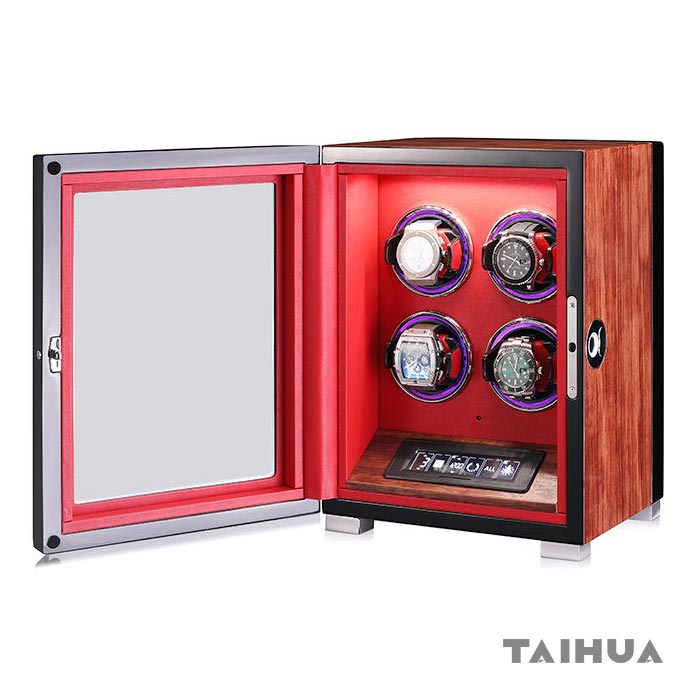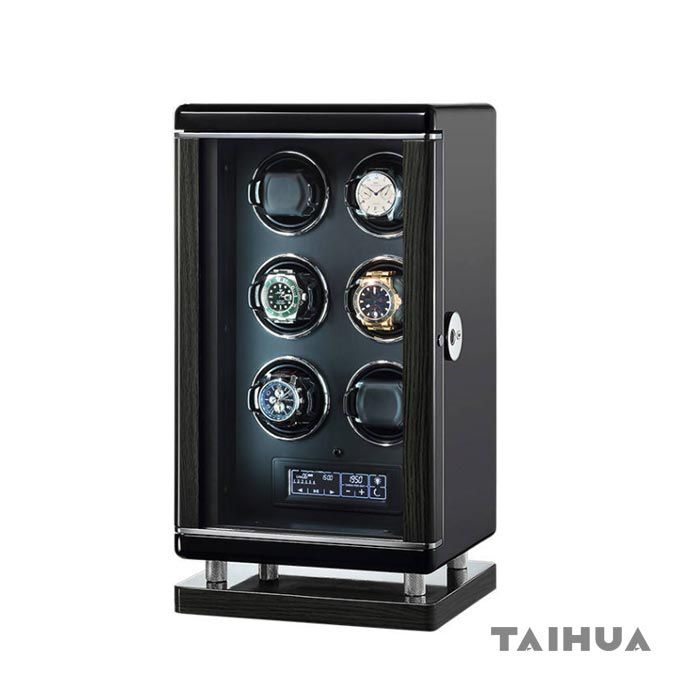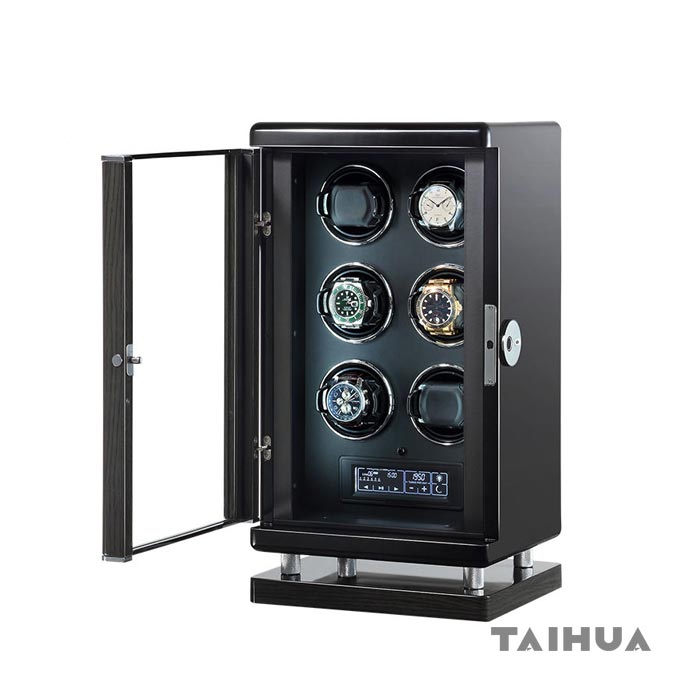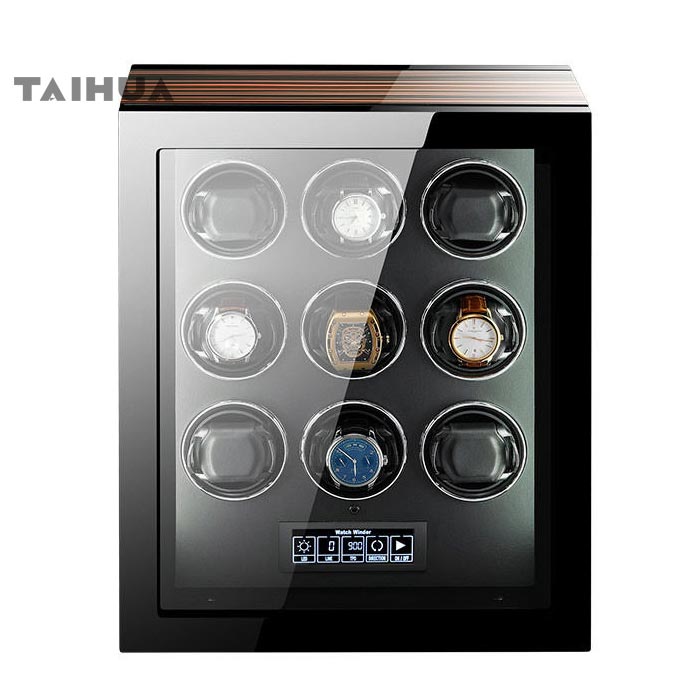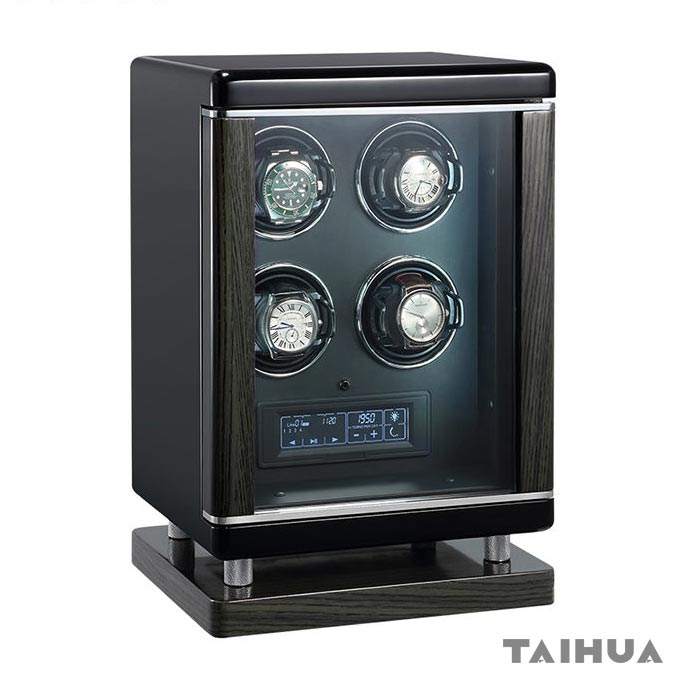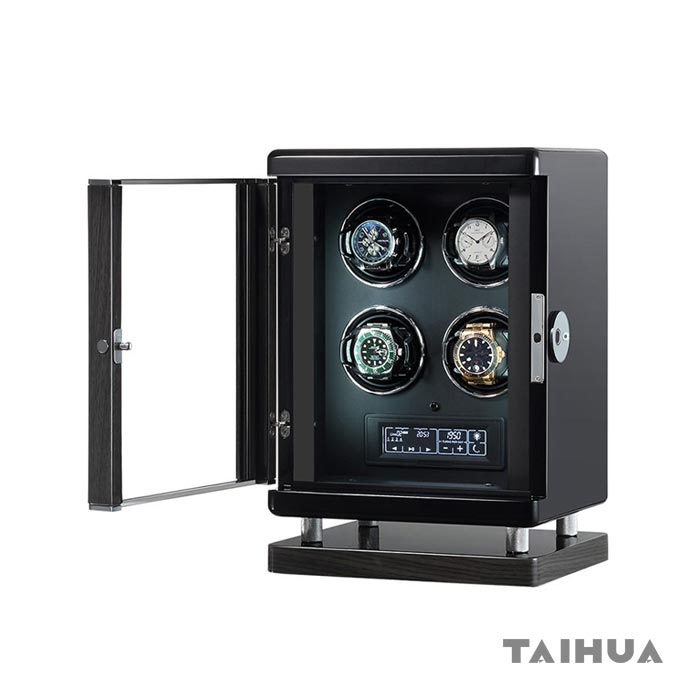Choosing the right automatic watch winder ensures your timepieces remain accurate, ready to wear, and well-maintained. Here’s a practical guide to selecting an appropriate watch winder:
1. Match to Your Watch’s Specifications
-
Rotation Direction: Watches have specific winding requirements—some need clockwise, others counterclockwise, and many require bidirectional rotation. Always check your watch’s manual or manufacturer’s guidance, and select a winder that supports the necessary motion modes.
-
Turns Per Day (TPD): Different watches require a set number of TPD (often between 650 and 1,200). Choose a winder with adjustable TPD settings to precisely match your watch’s needs and avoid overwinding or underwinding.
2. Consider Your Collection Size
-
Single vs. Multi-Watch Winders: If you own just one or two automatics, a single-slot winder is sufficient. Collectors with several watches should consider a multi-watch winder—ideally with individual controls for each slot so you can set rotations for each watch accordingly.
-
Expandability: Some high-end winders are modular and allow you to add slots as your collection grows.
3. Features That Matter
-
Programmable Rotation Settings: Look for winders with customizable direction, speed, and interval options.
-
Quality Motor and Noise: Choose winders with “silent” or ultra-quiet motors, especially if you plan to keep it in a bedroom. High-quality Japanese or Swiss motors are long-lasting and operate quietly.
-
Build Quality & Design: Opt for models built from quality materials like wood, leather, or high-grade plastics, and with secure, adjustable cushions. The design should complement your space and securely hold your watches.
-
Power Source: Some winders offer both AC and battery operation, giving flexibility for safe storage or travel use.
4. Extra Features for Serious Collectors
-
Microprocessor Control: Advanced models remember specific settings per watch slot and provide more precise cycles.
-
Rest Cycles/Intermittent Winding: Continuous operation isn’t always ideal. The best winders run intermittent cycles, mimicking natural wrist movement, preventing unnecessary wear.
-
Environmental Sensors: On high-end models, temperature and humidity sensors can protect your watches by alerting you to harmful conditions.
5. Budget vs. Quality
-
Entry Level ($100–300): Simple time-only watches can use these, but expect basic functionality and louder motors.
-
Mid-Range ($300–800): Ideal for most enthusiasts—expect better motors, settings, and build quality.
-
Luxury ($800+): Best for high-value or complicated watches, with quietest operation, advanced programmability, and premium build.
6. Practical Tips
-
Don’t run your winder 24/7 unless necessary; allow watches to rest if not worn.
-
Modern complicated watches (moon phase, calendar, GMT) benefit most from winders, as resetting them can be tedious if they stop running.
-
Always check the size of the watch pillow or mount to ensure your watches fit securely and are not subjected to excessive force.
In summary:
Choose a winder that matches your watch’s winding direction and TPD needs, suits your collection size, offers quiet operation, quality materials, and has flexible, programmable settings. For the best results, consult your watch’s manufacturer for specific requirements, especially for luxury or vintage pieces

